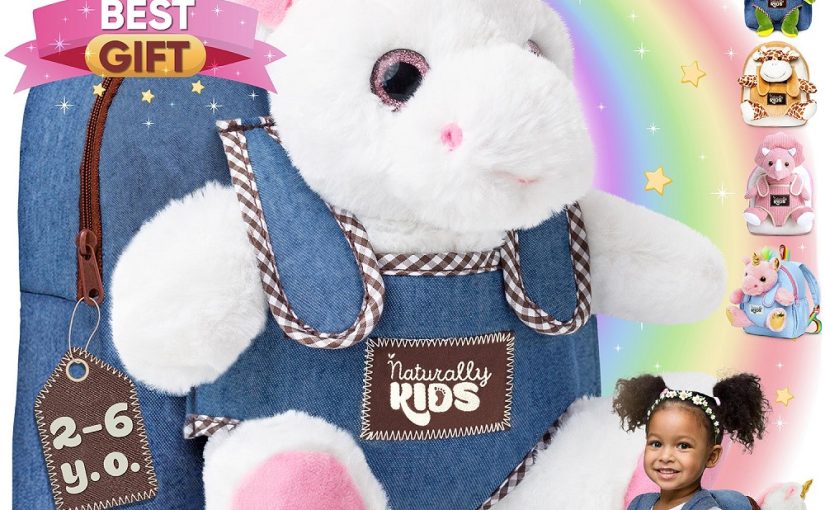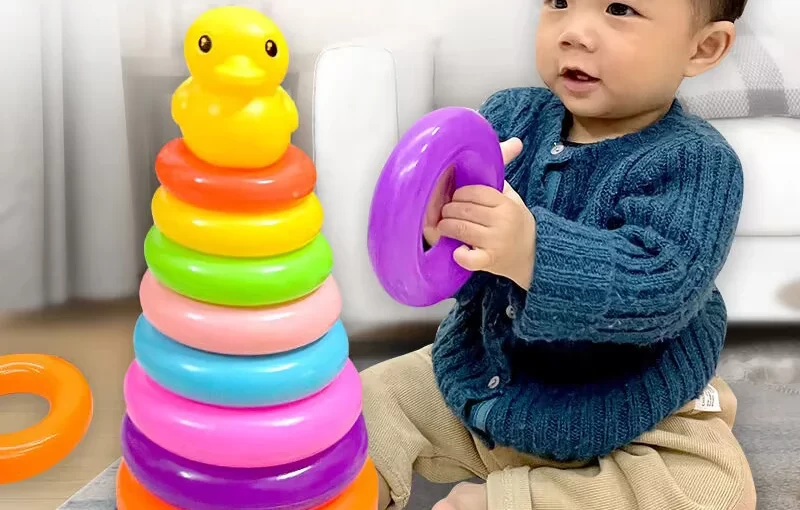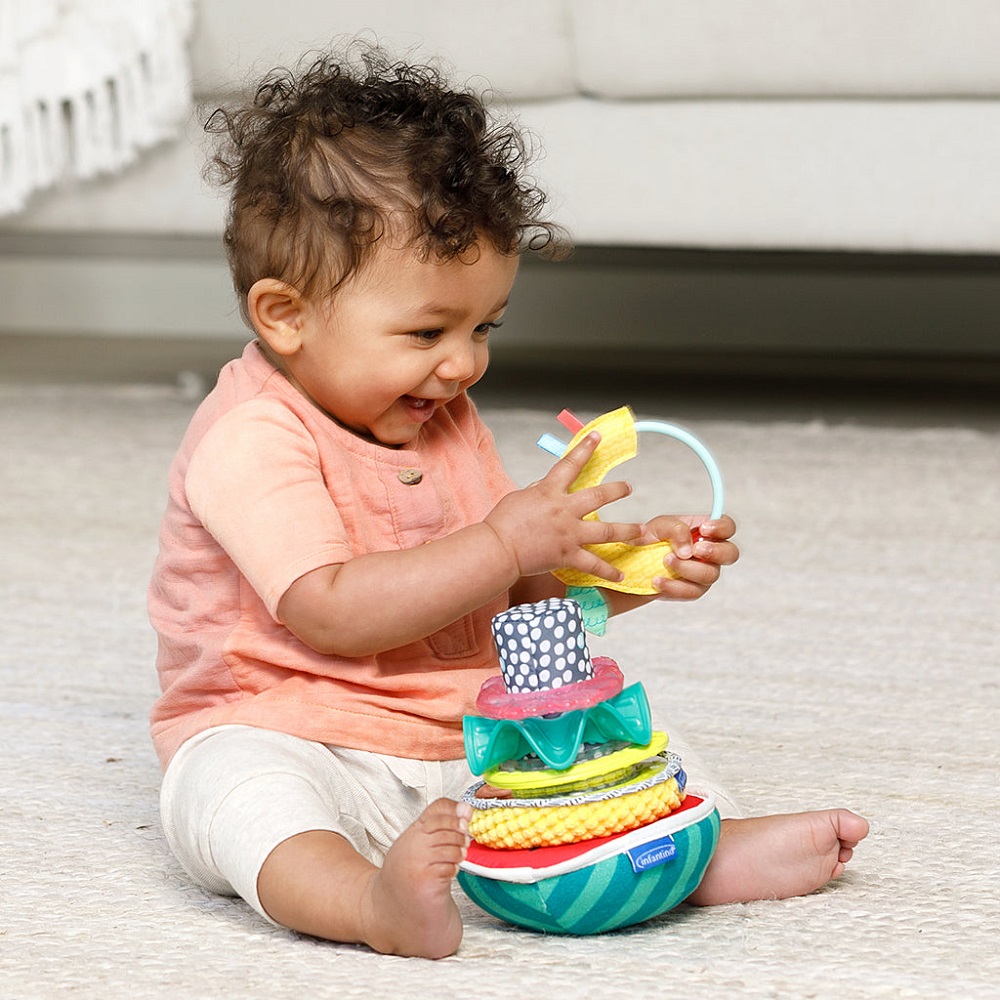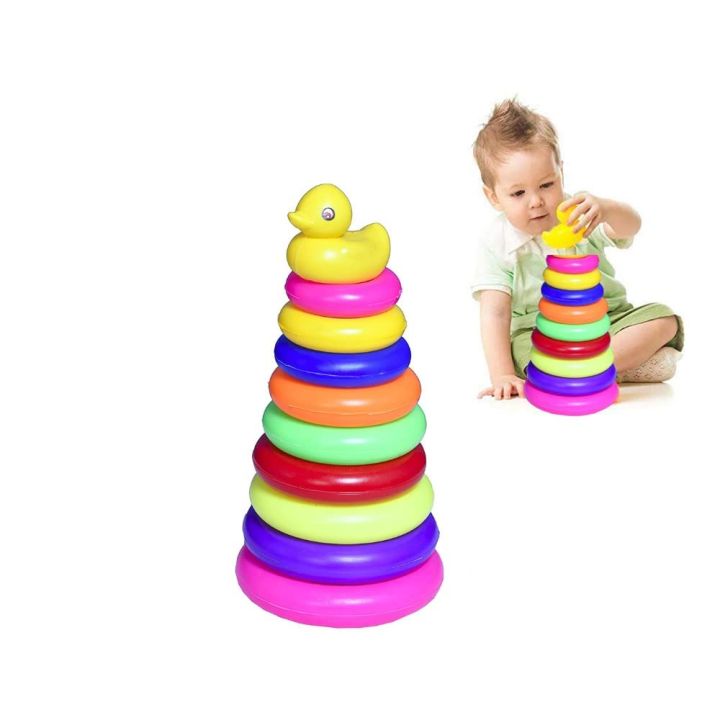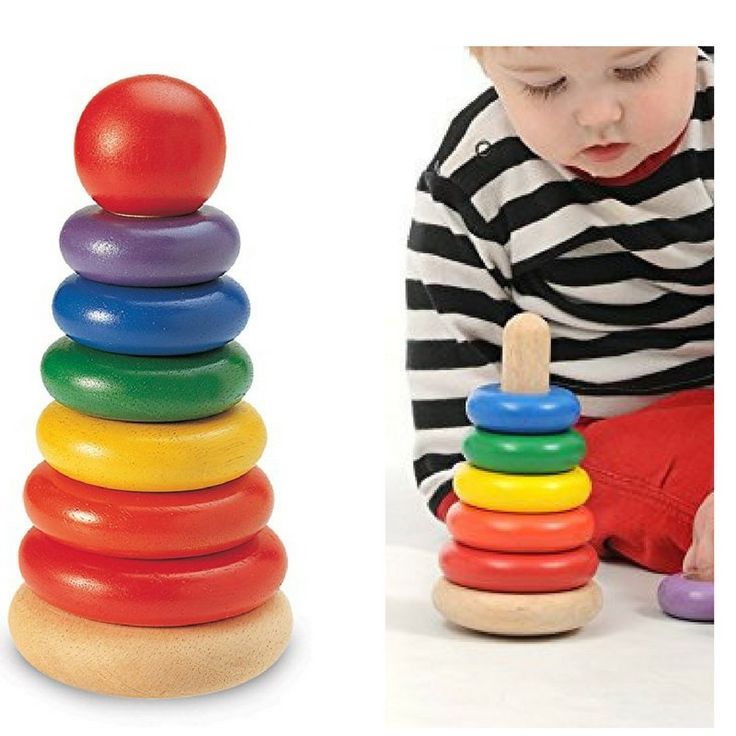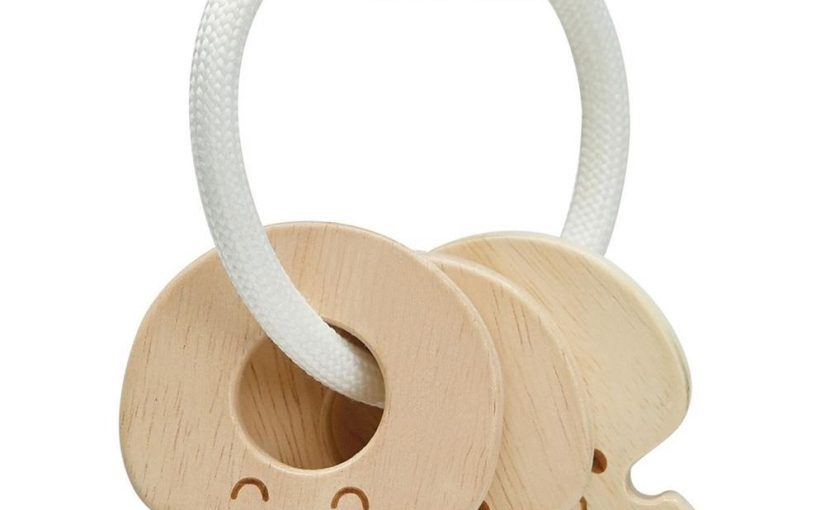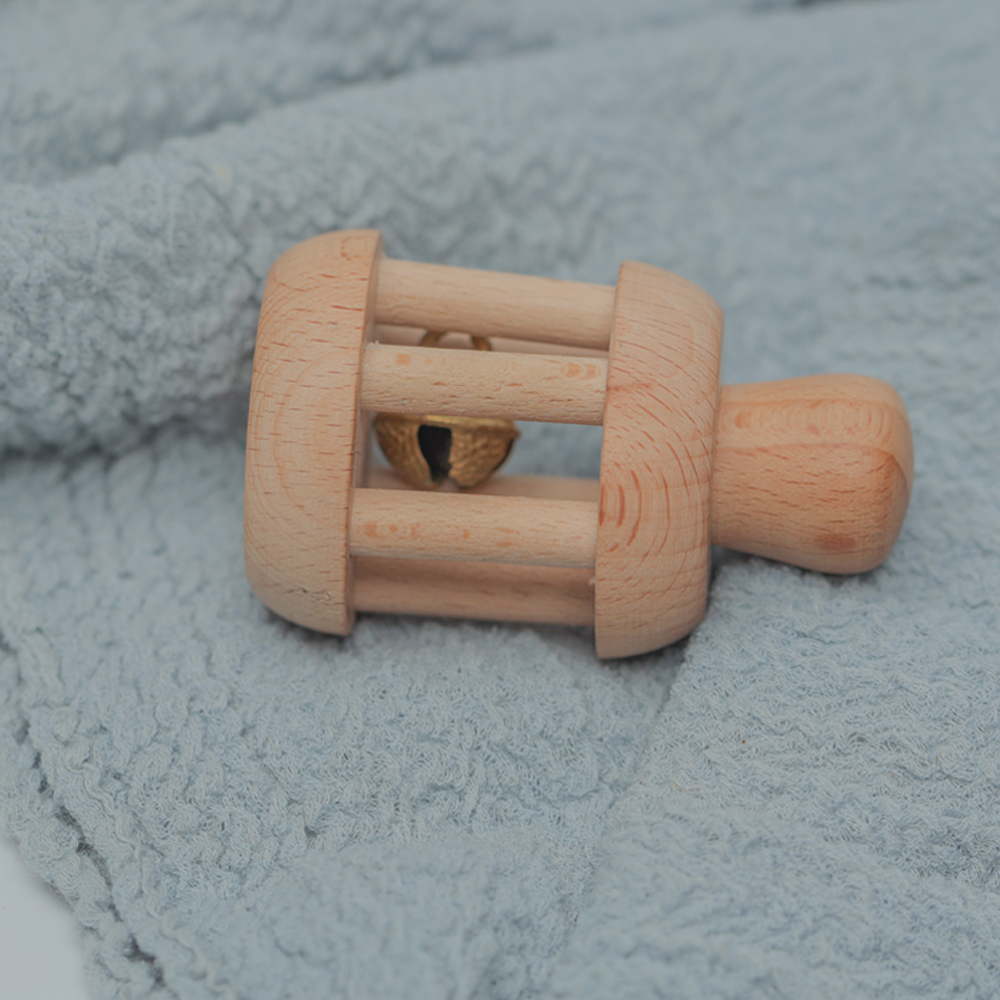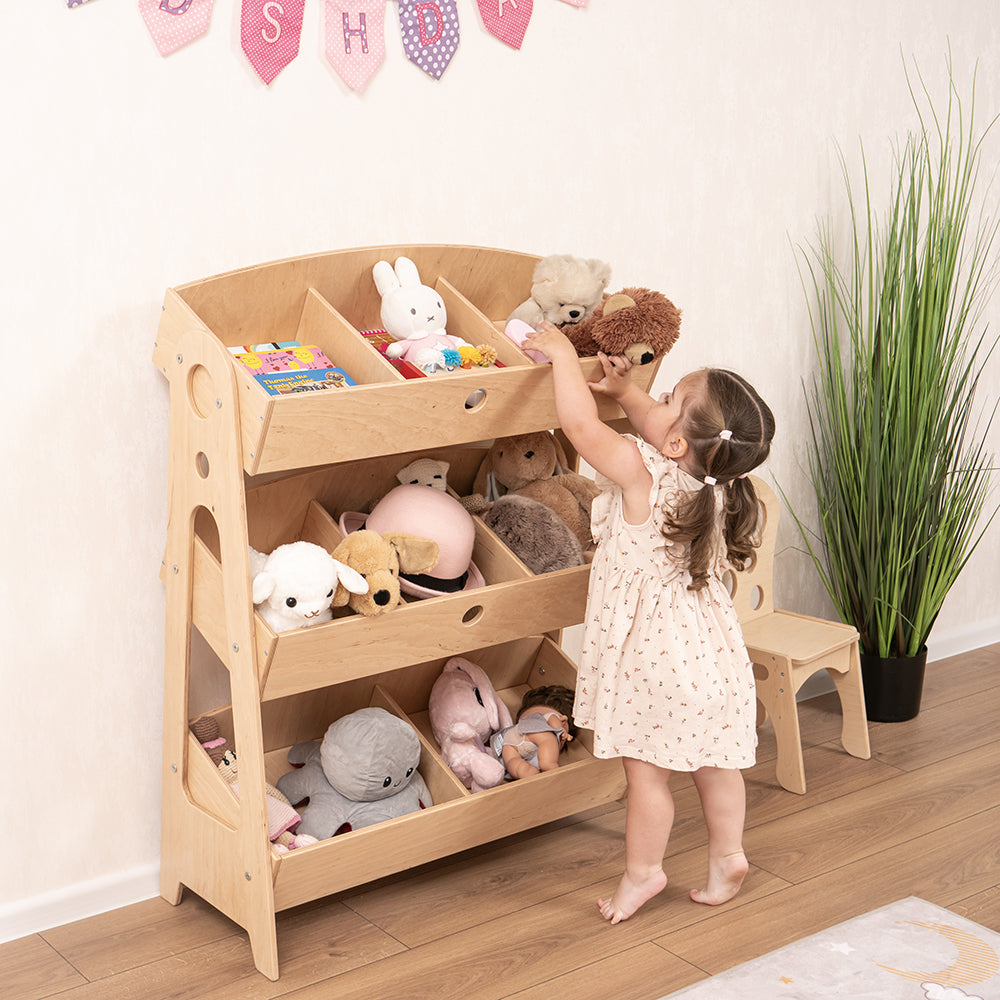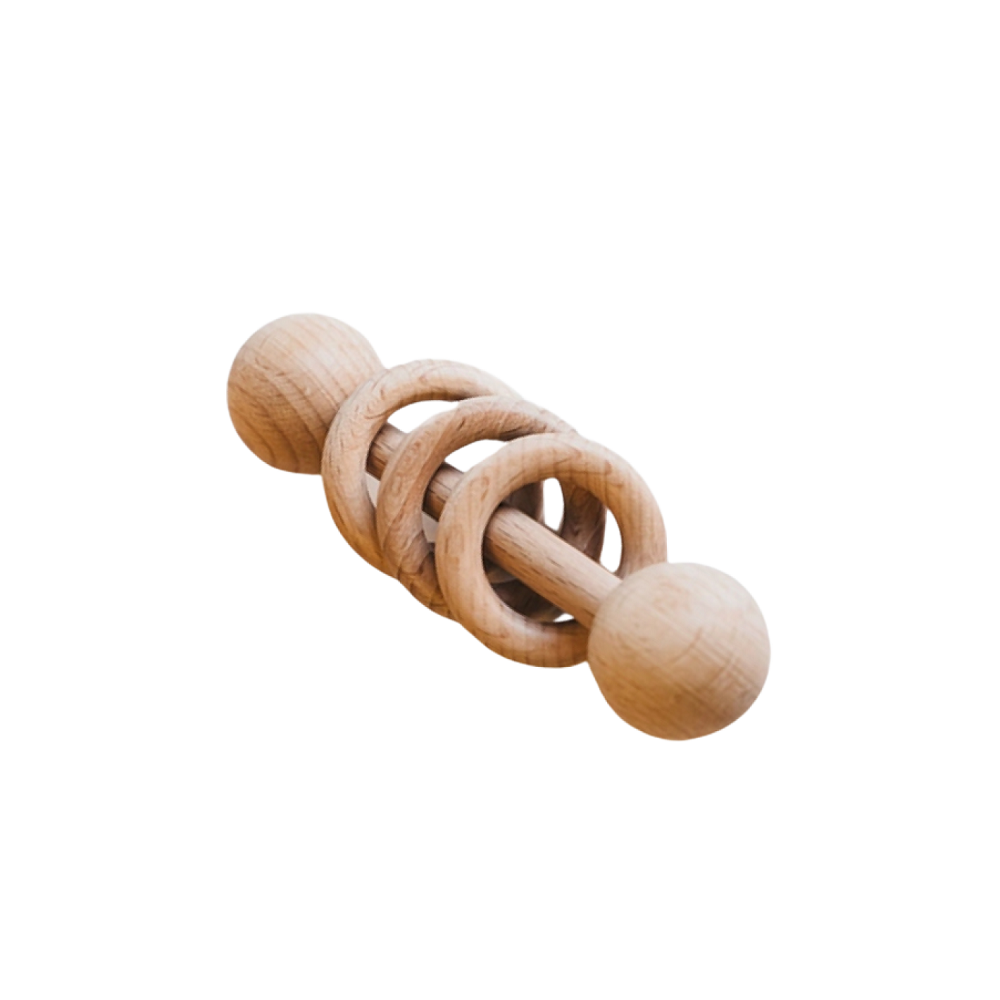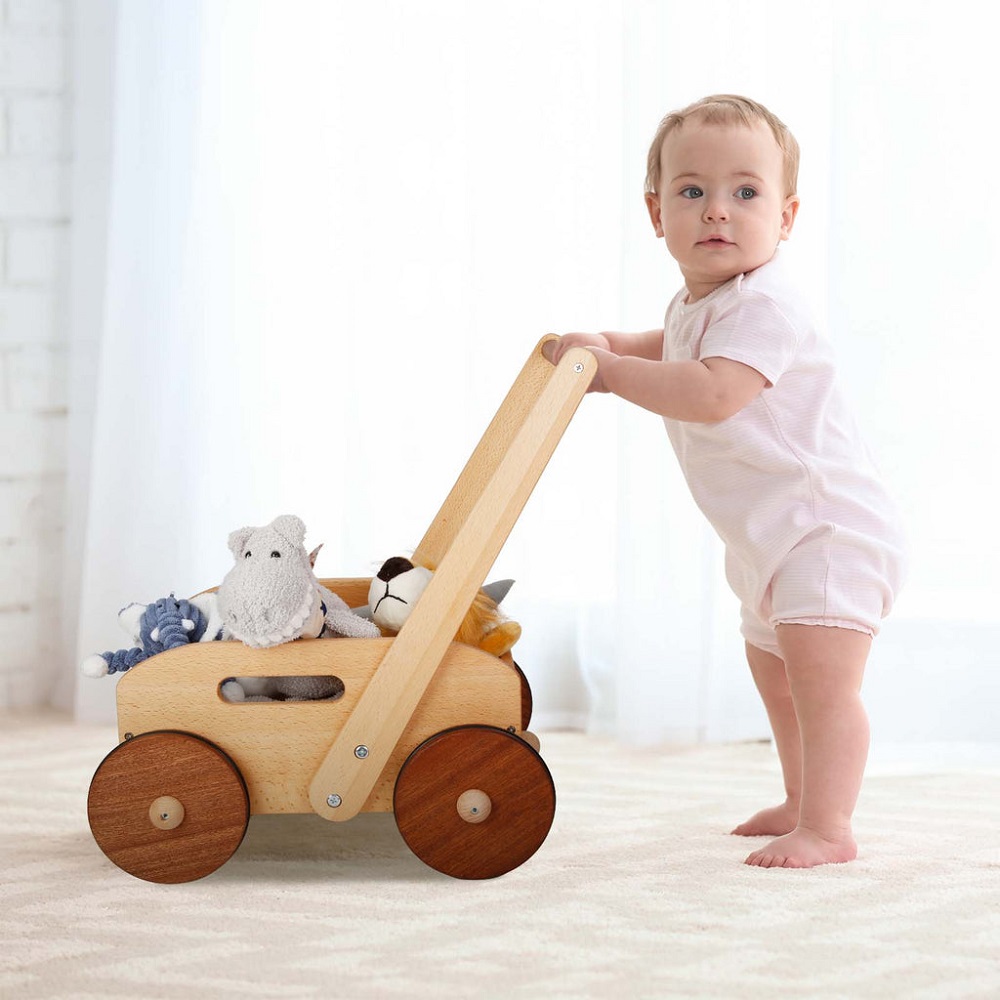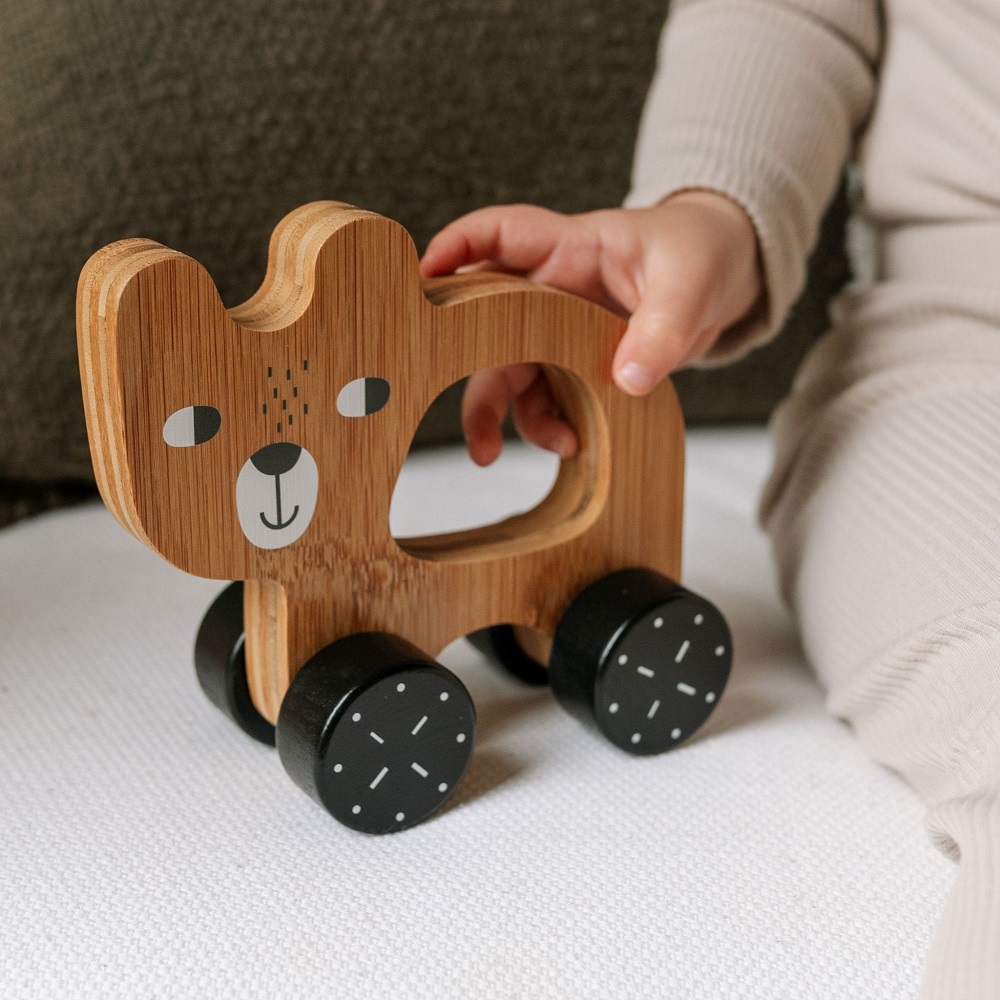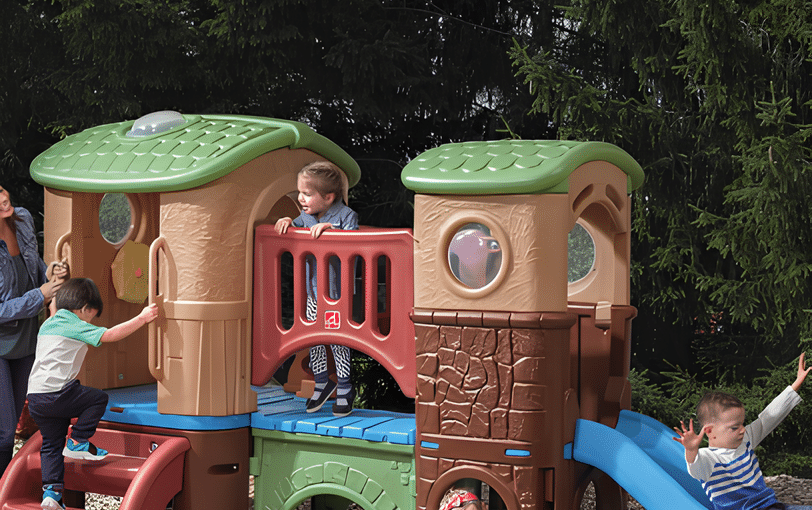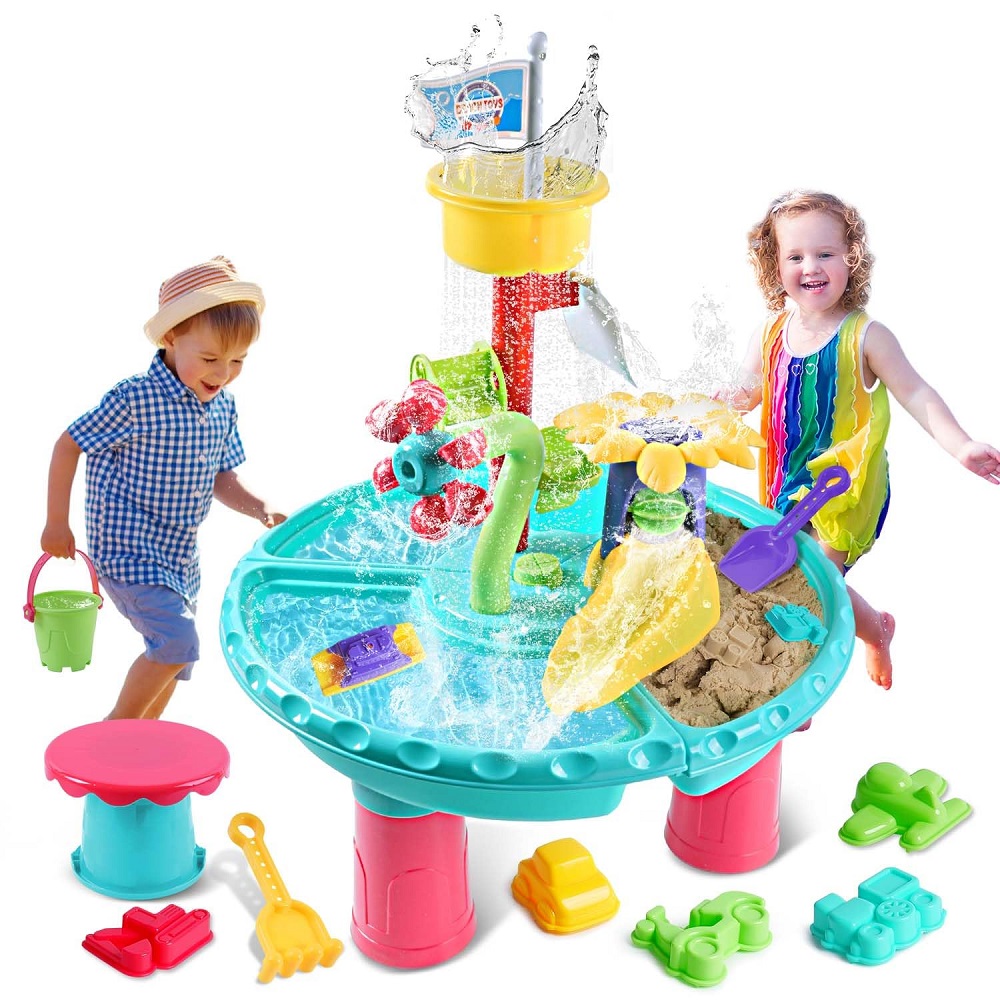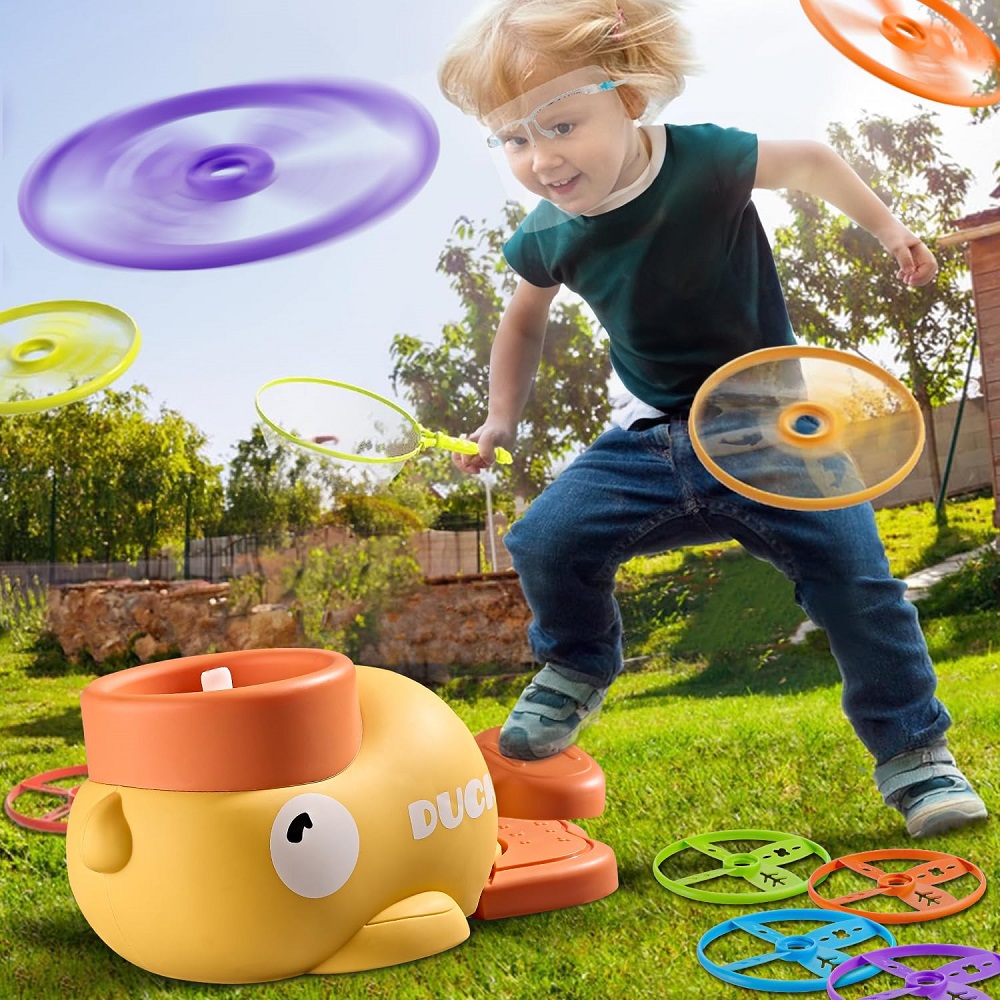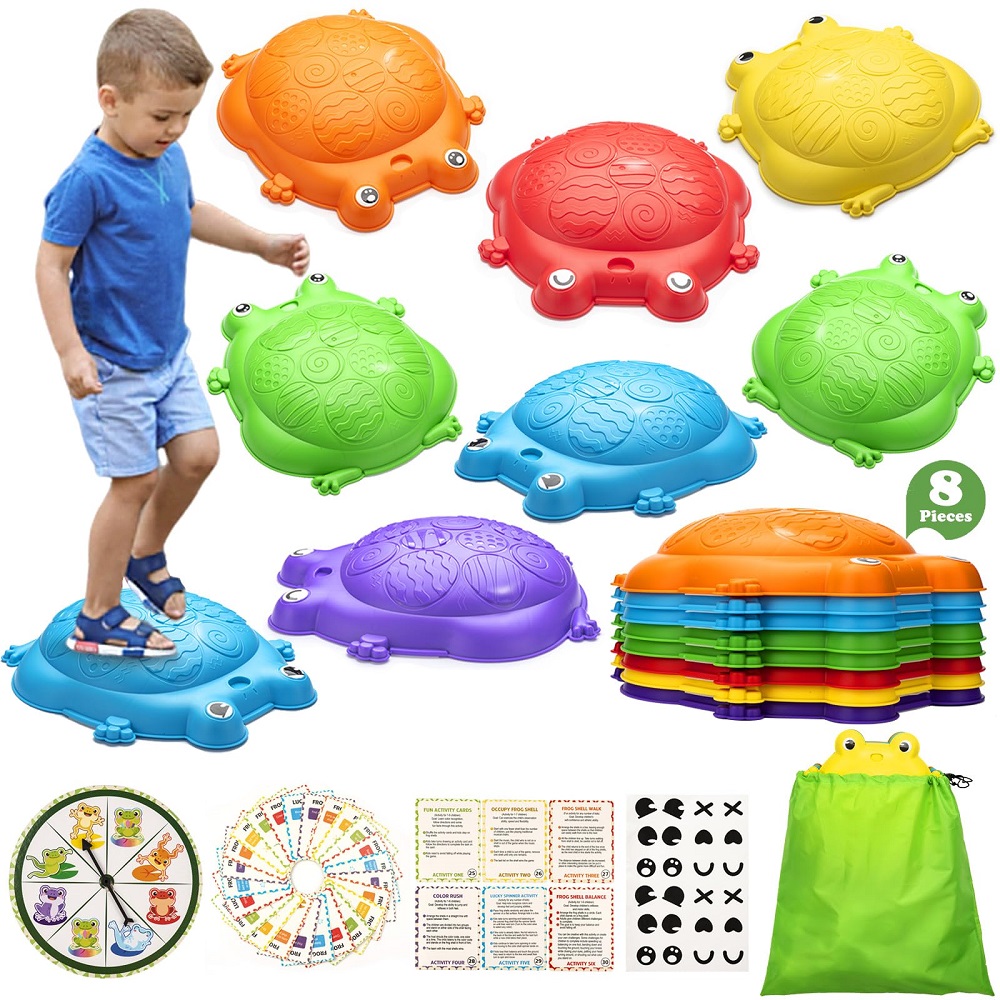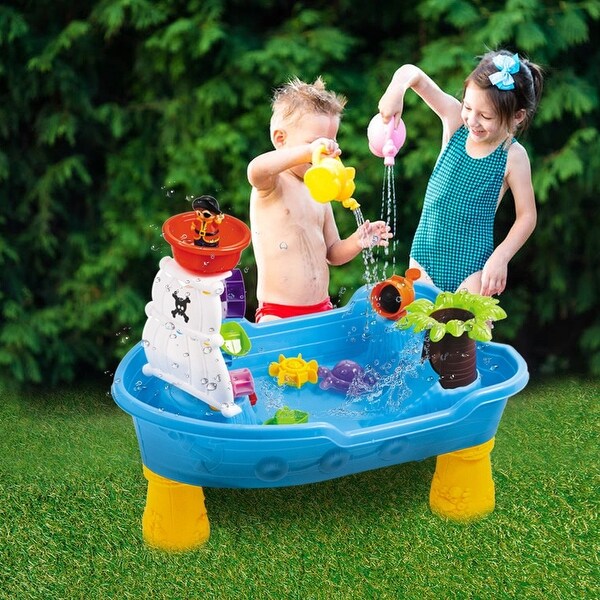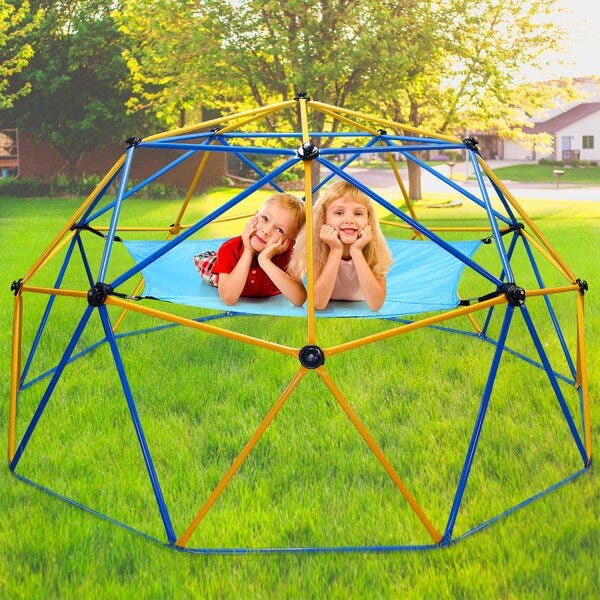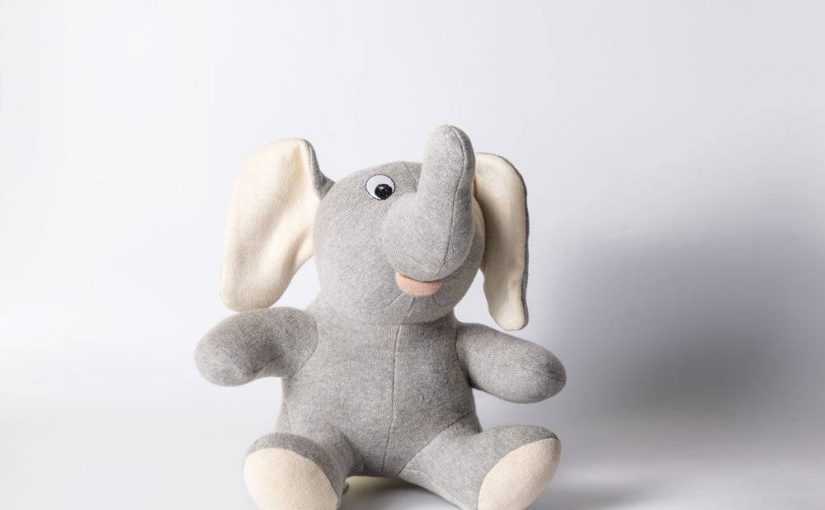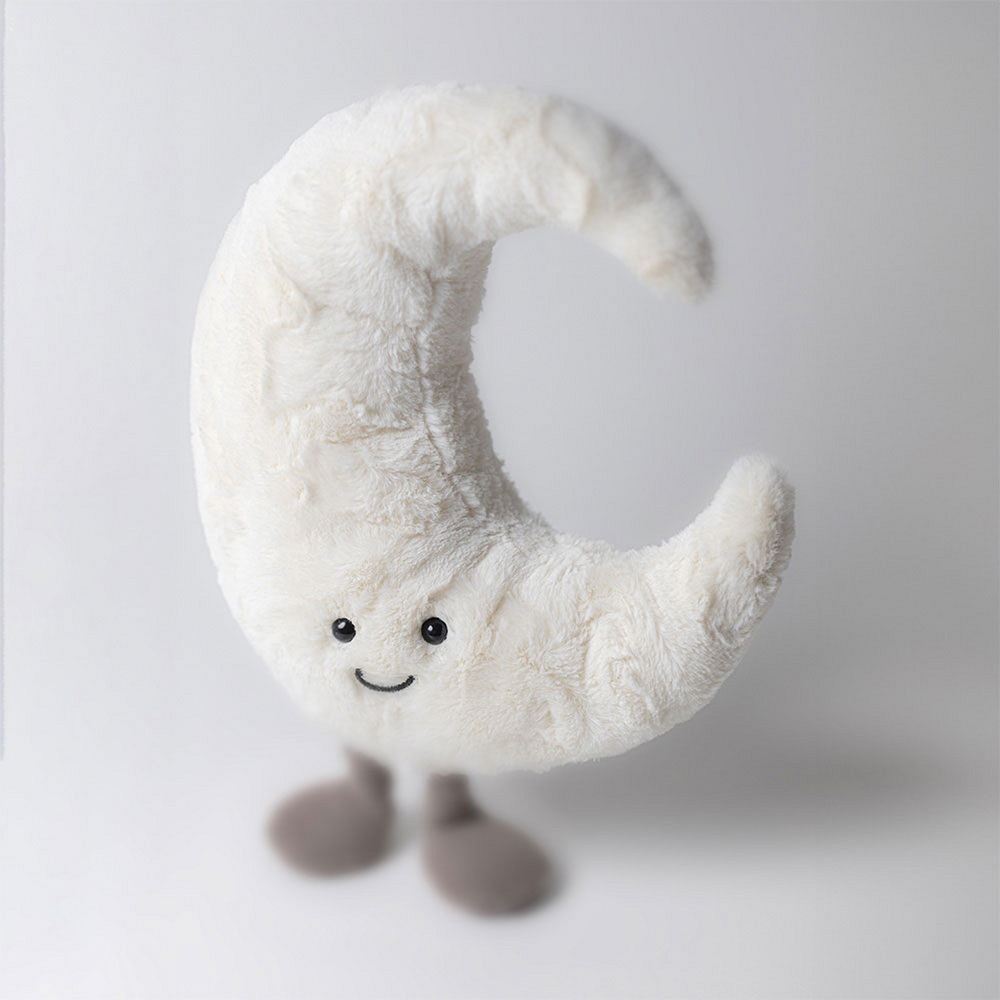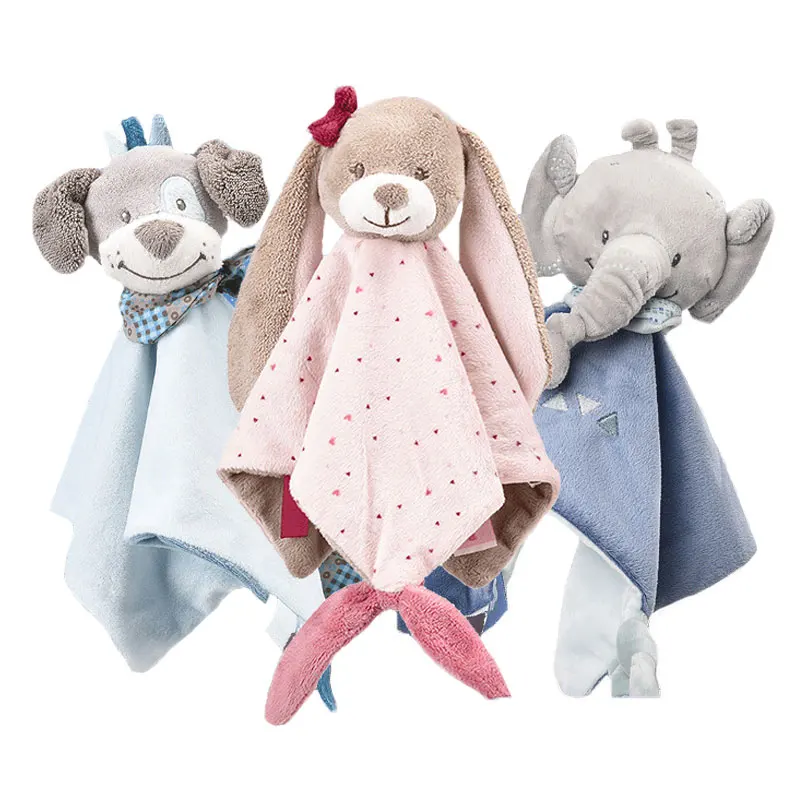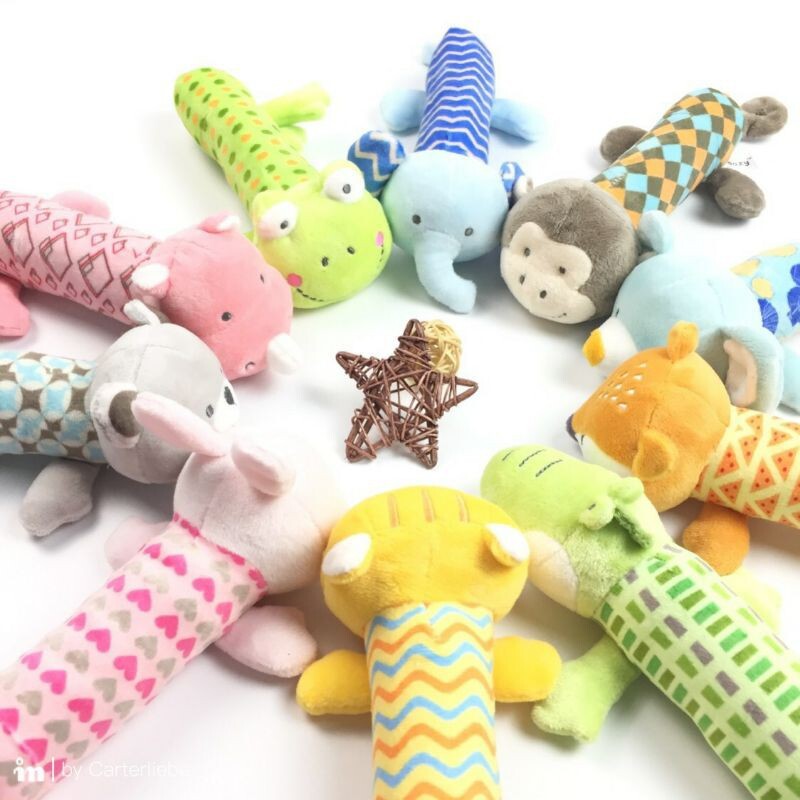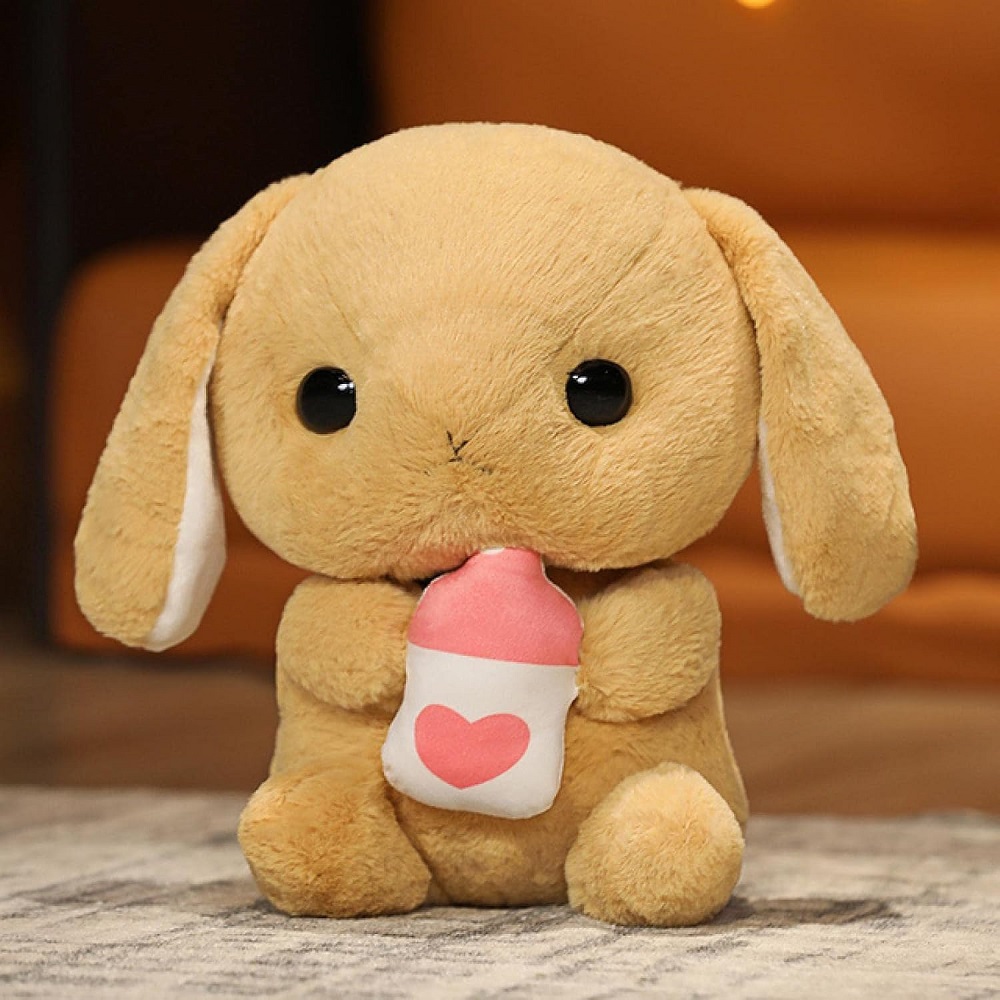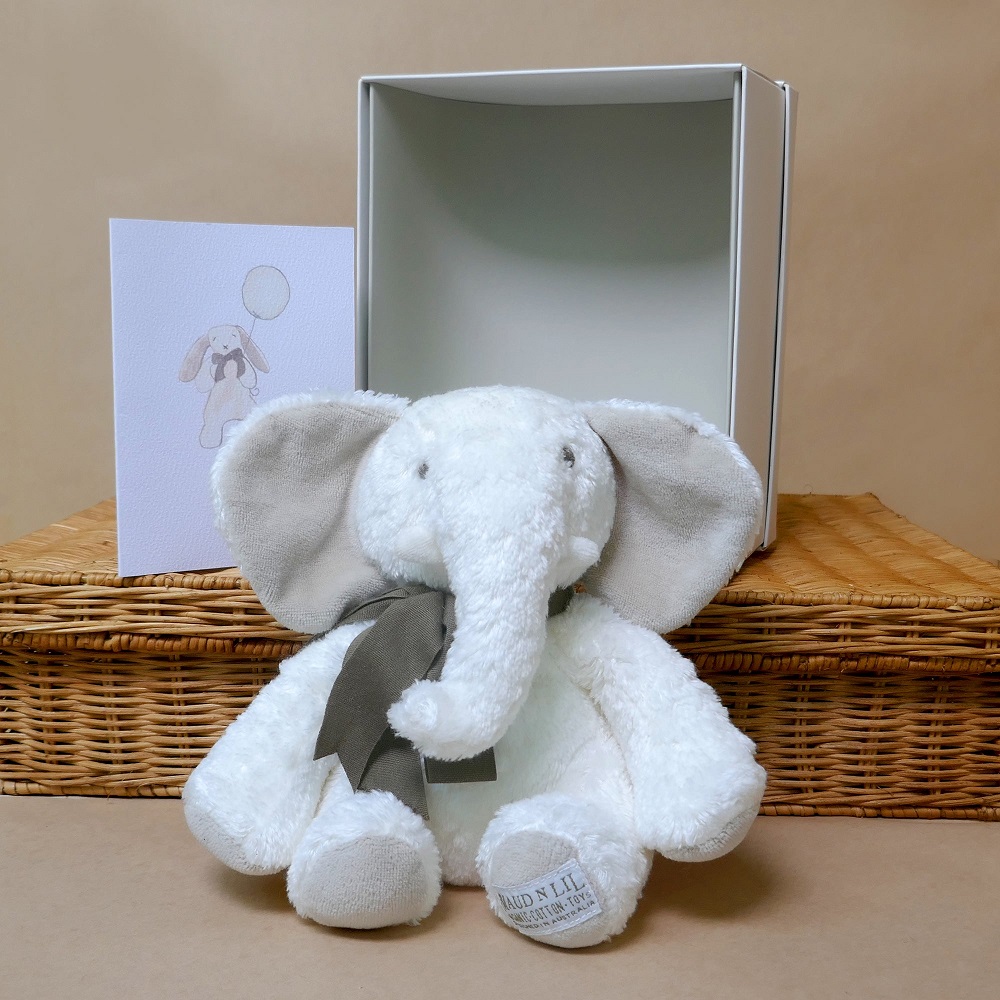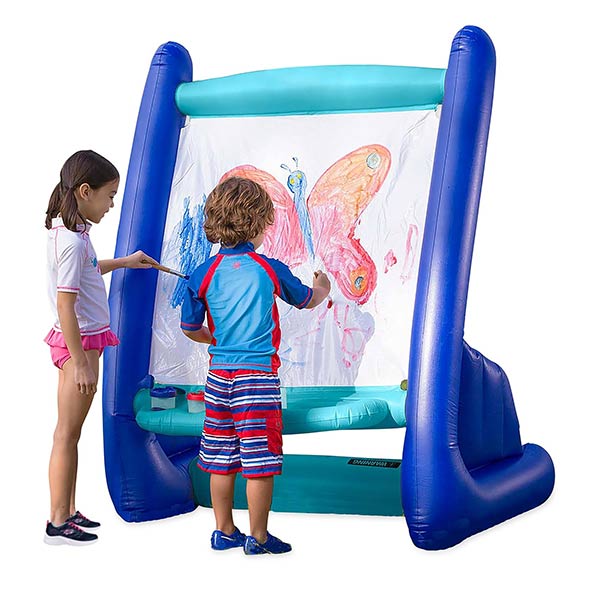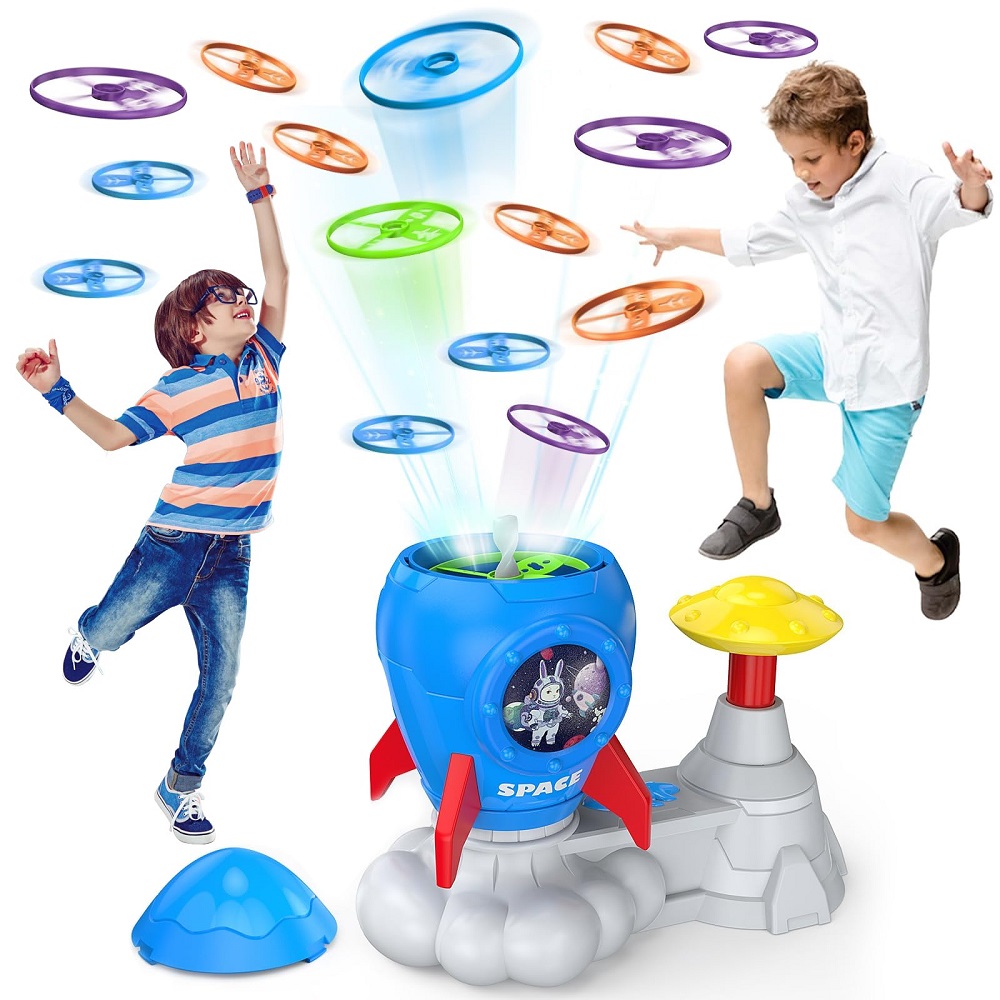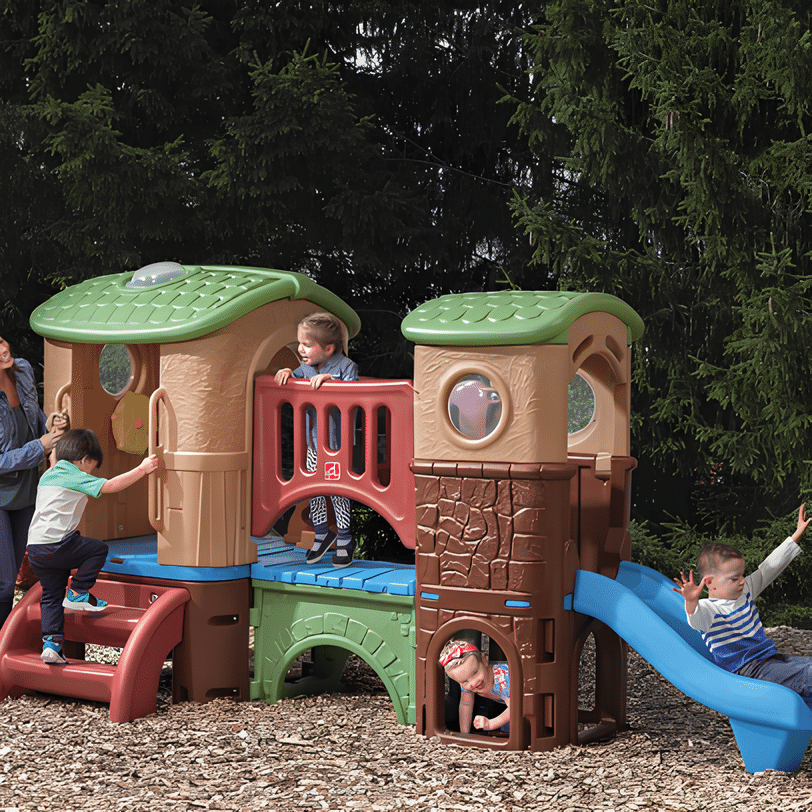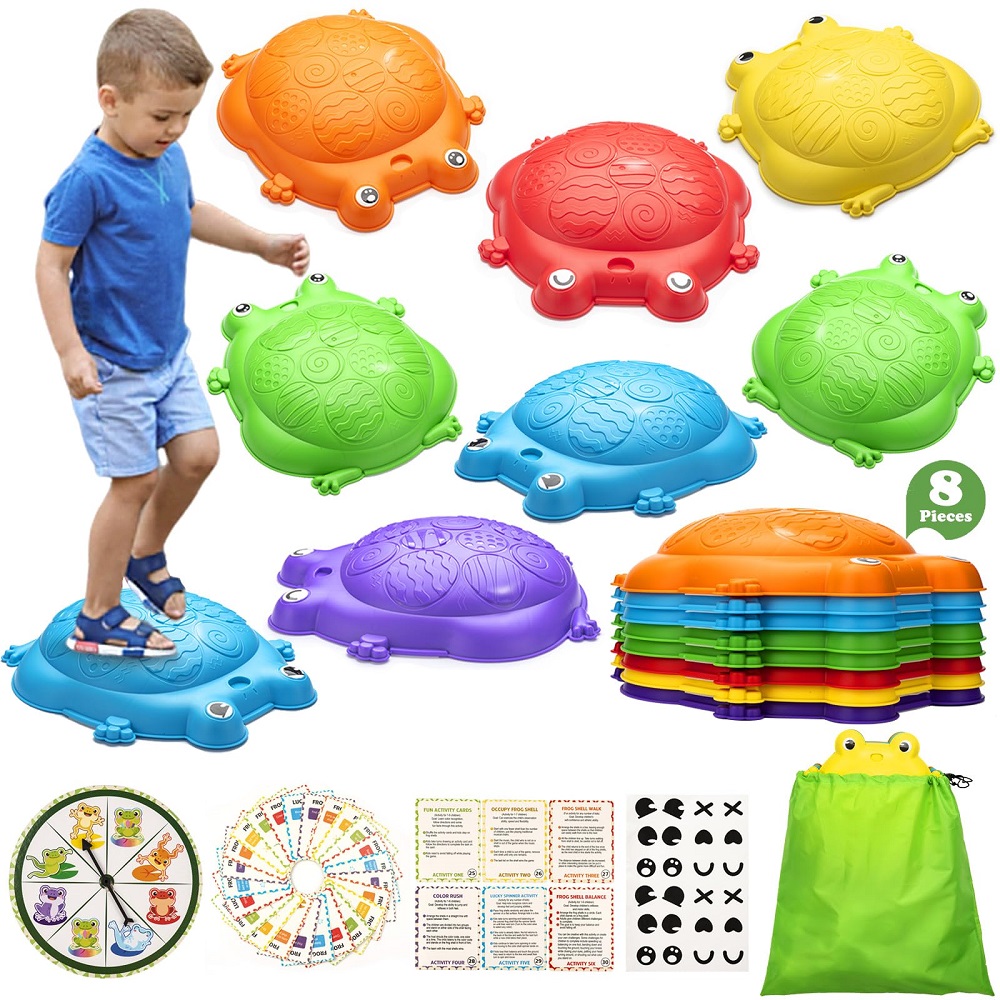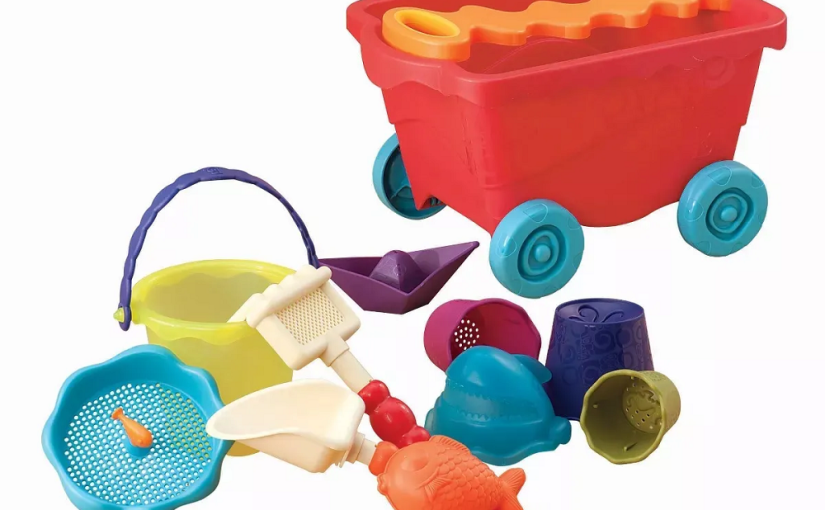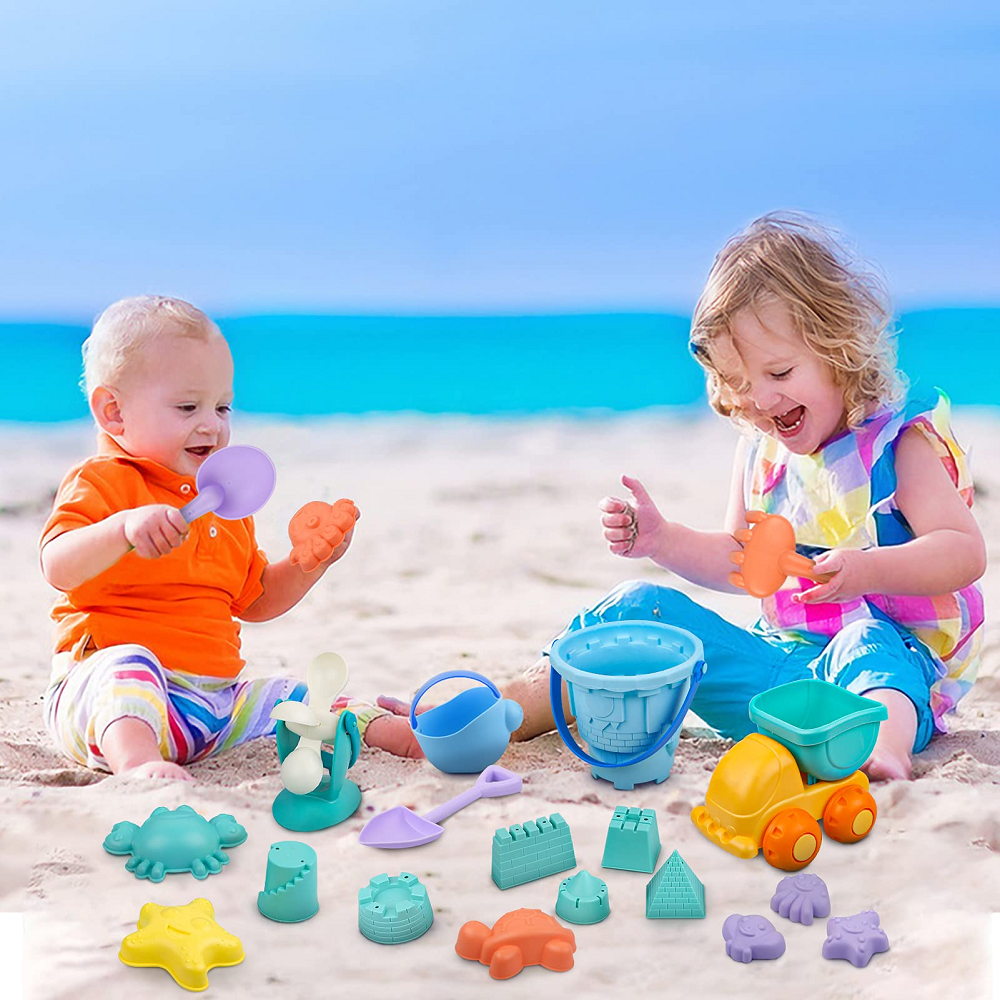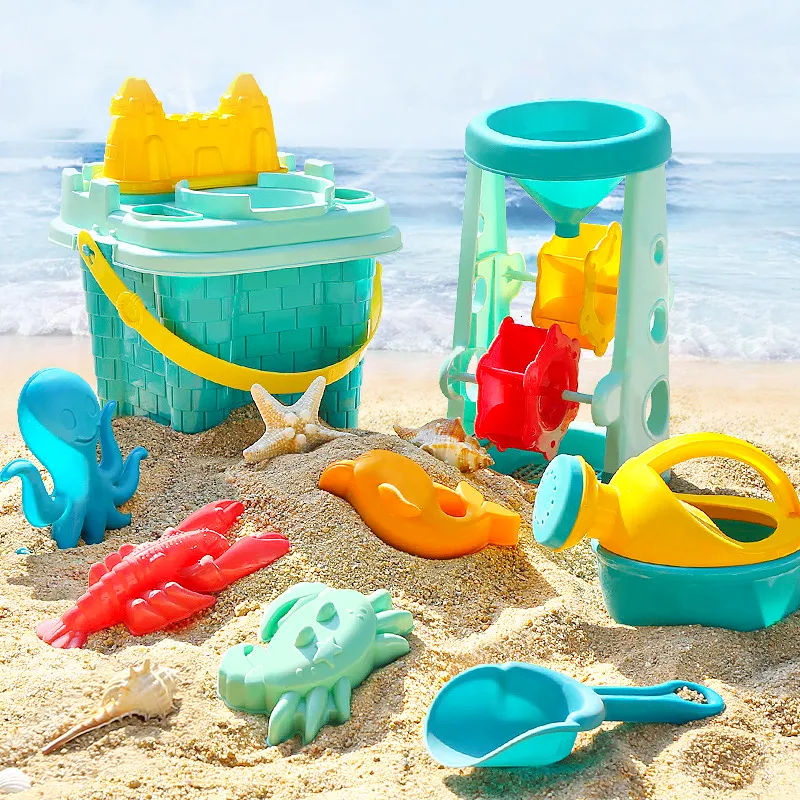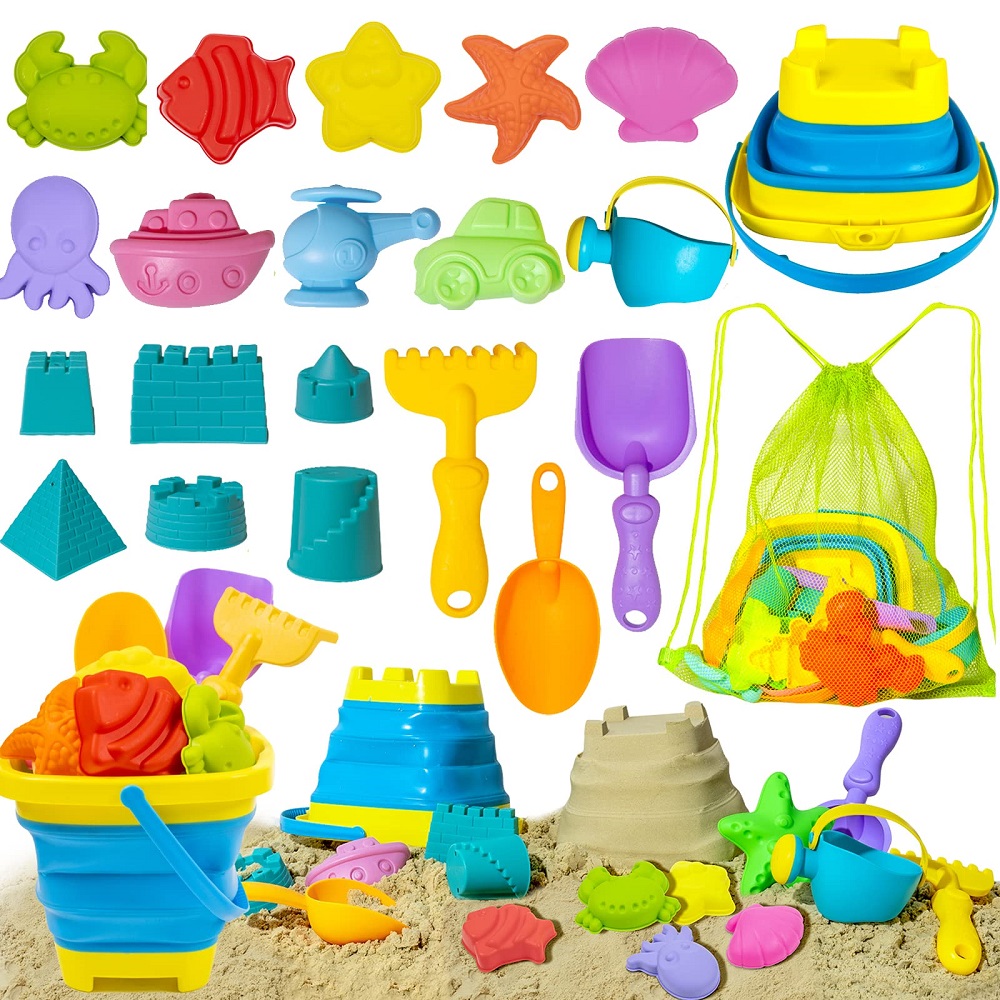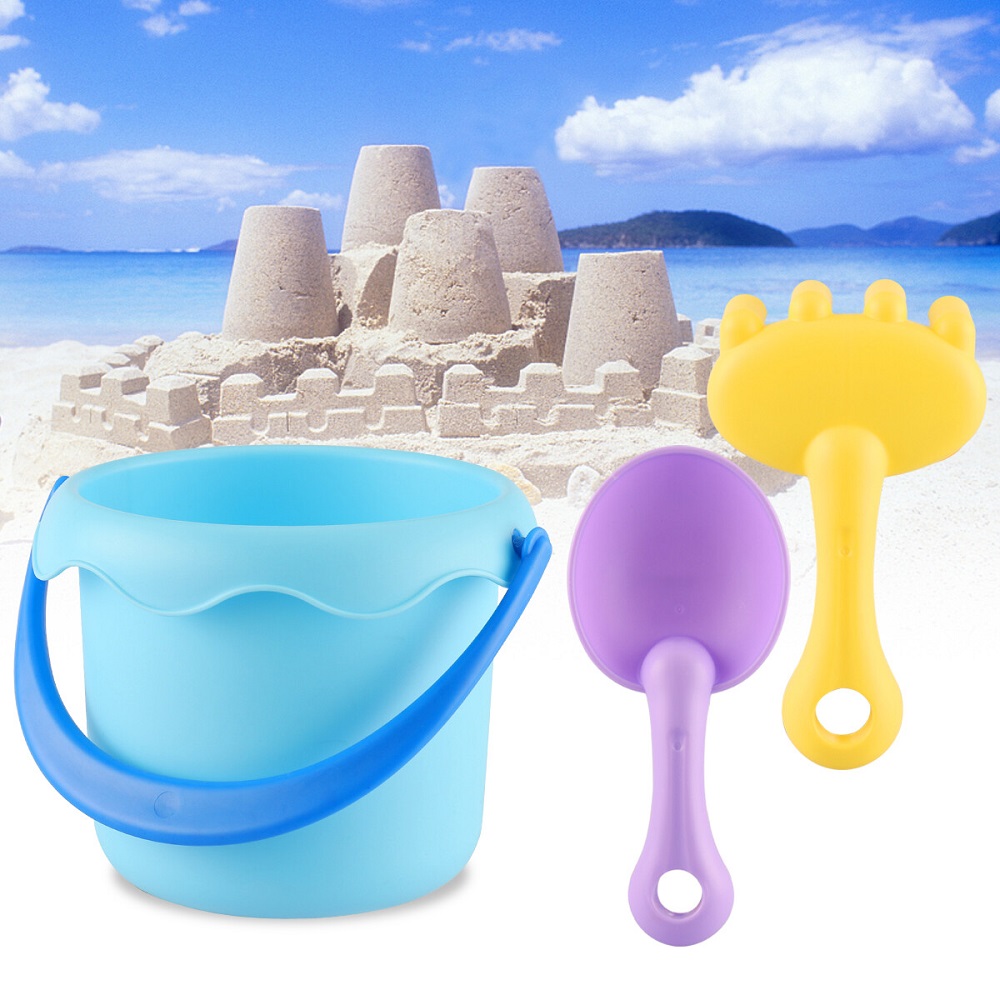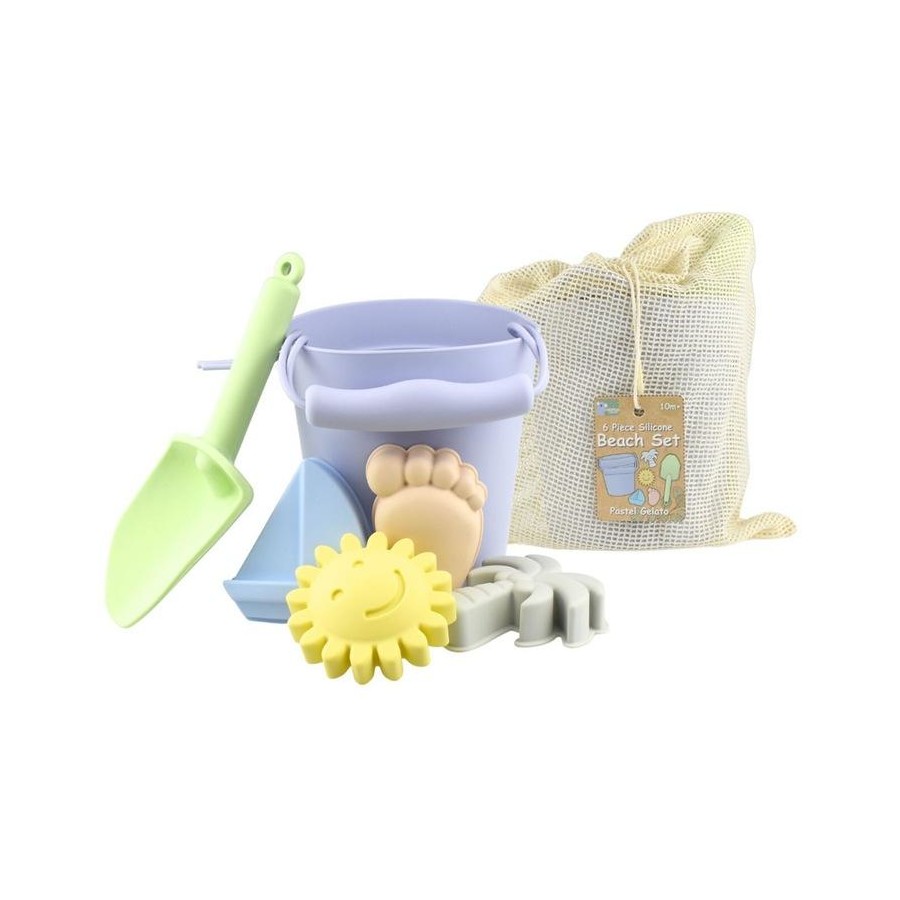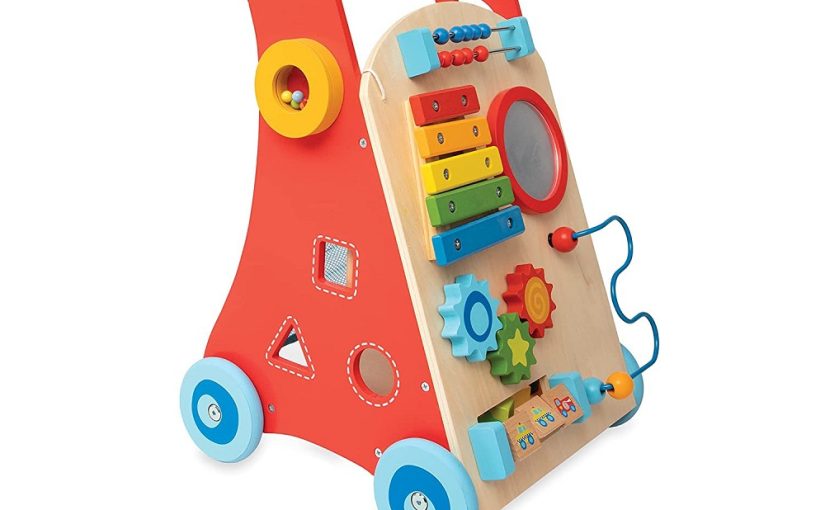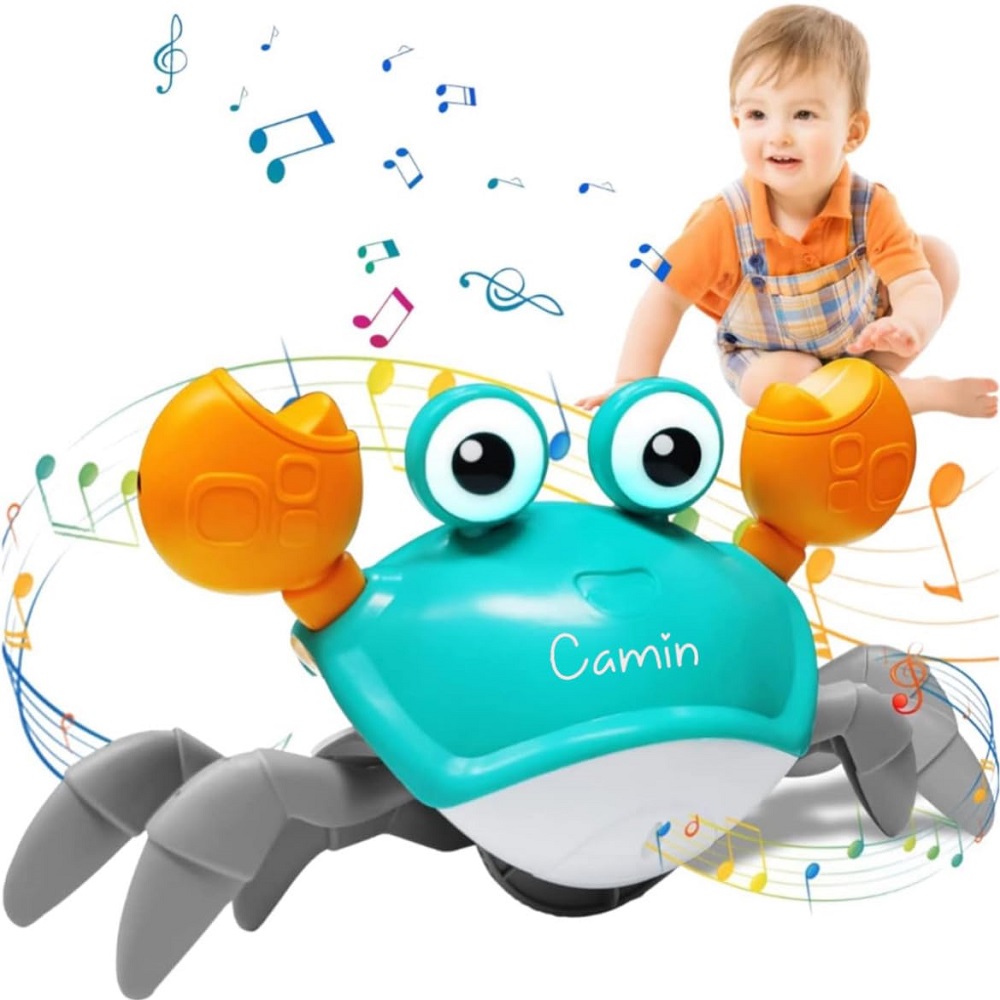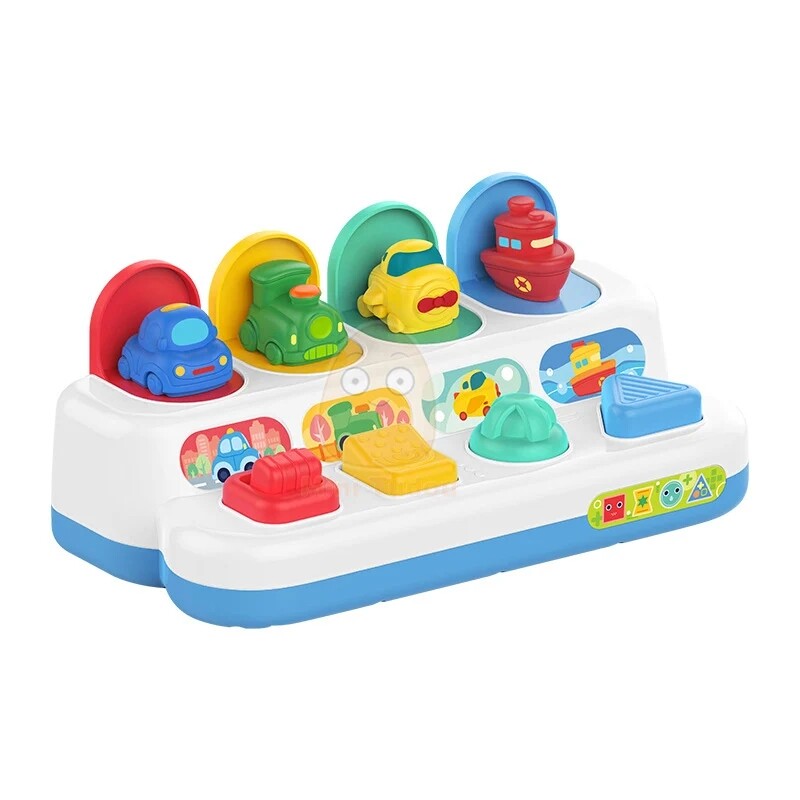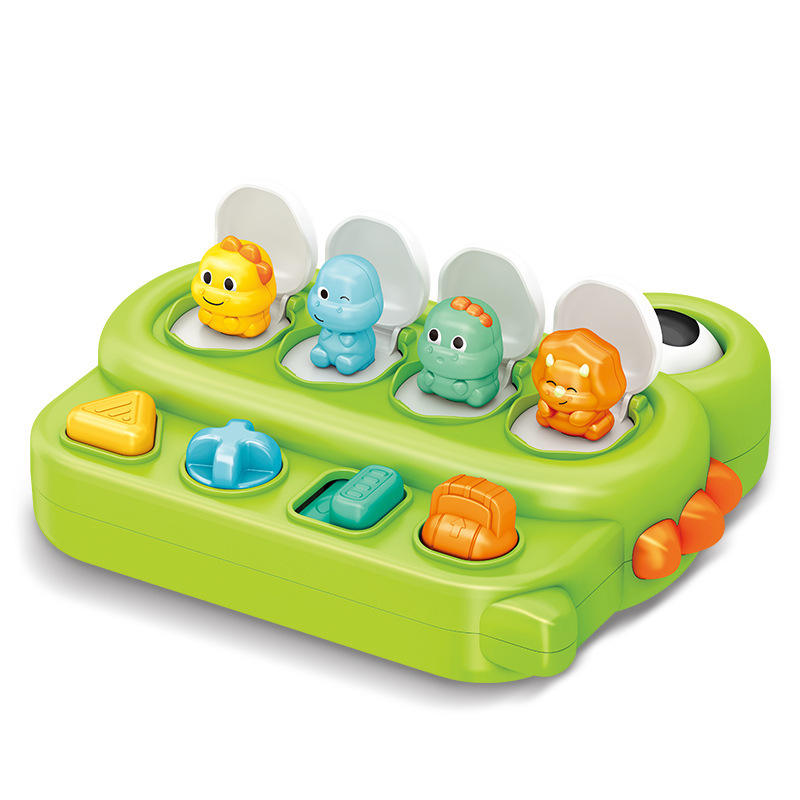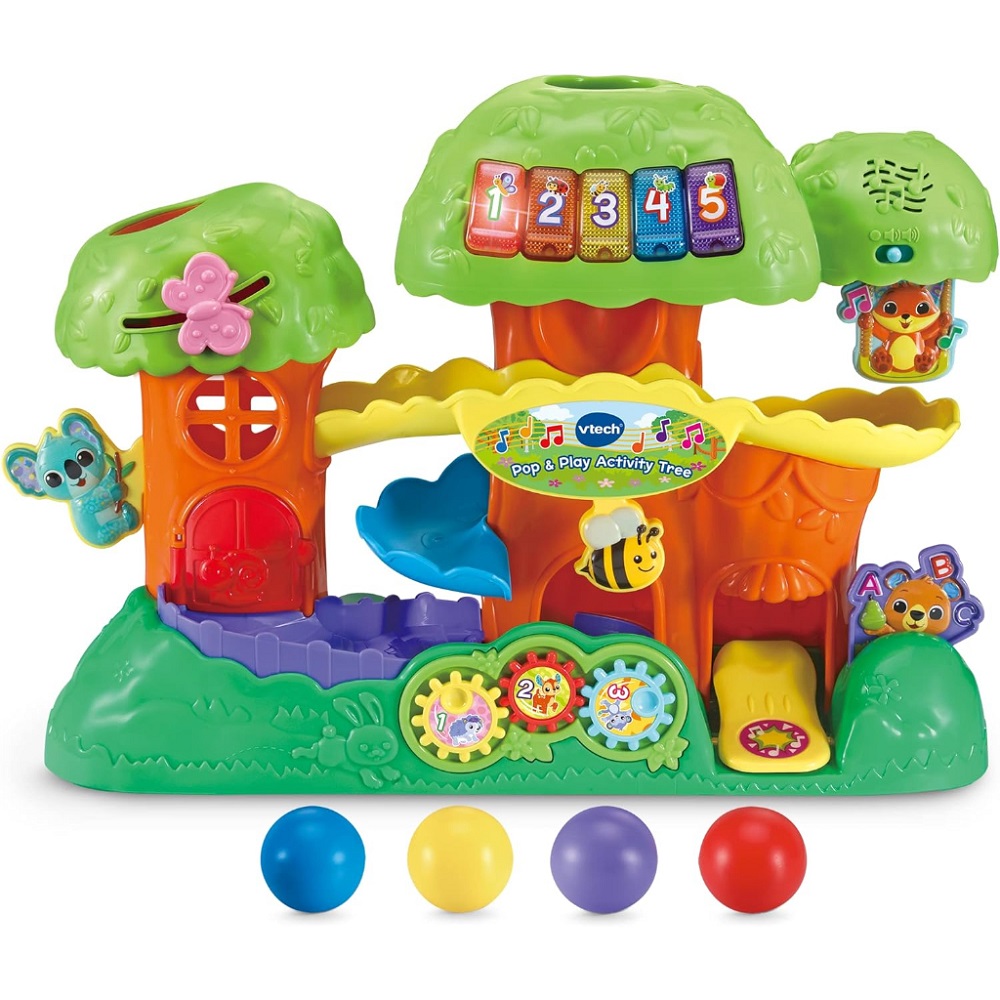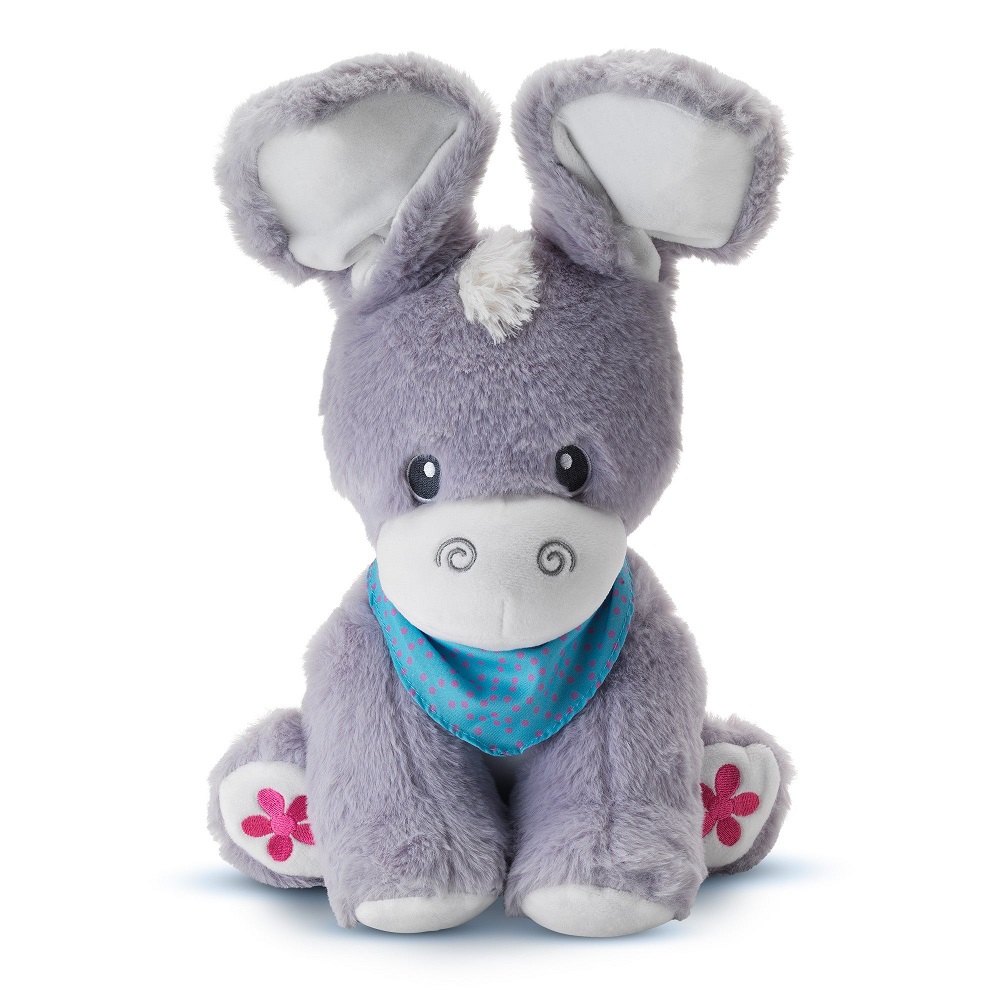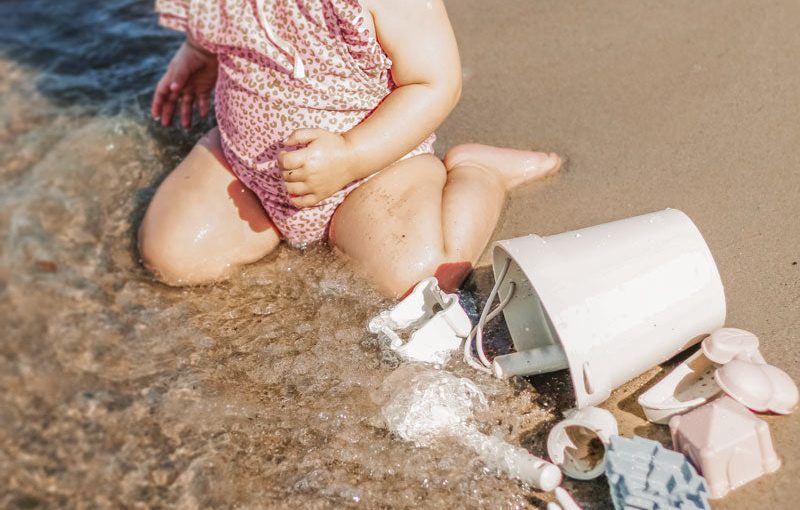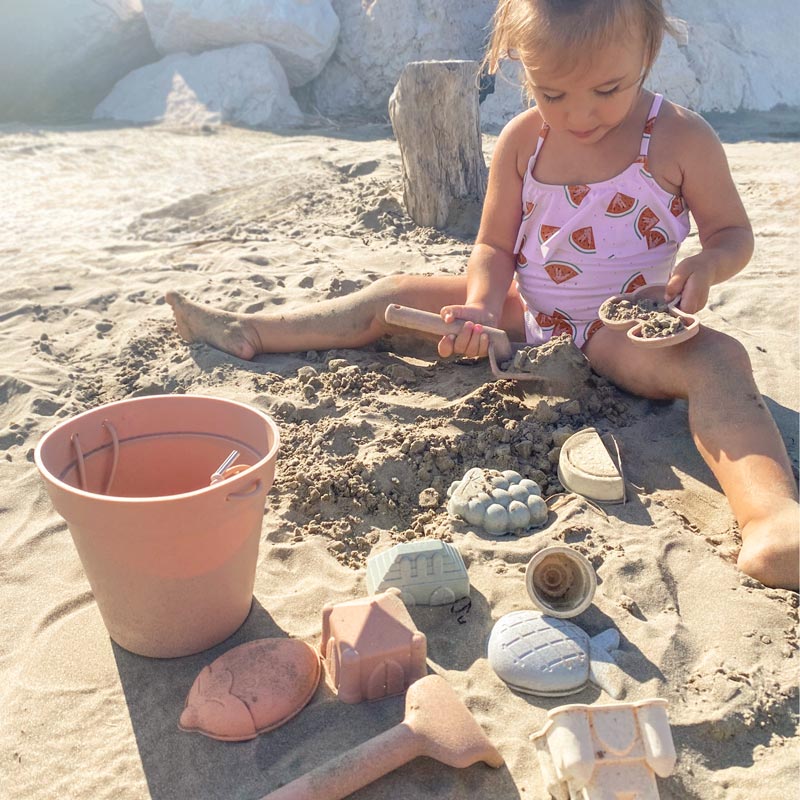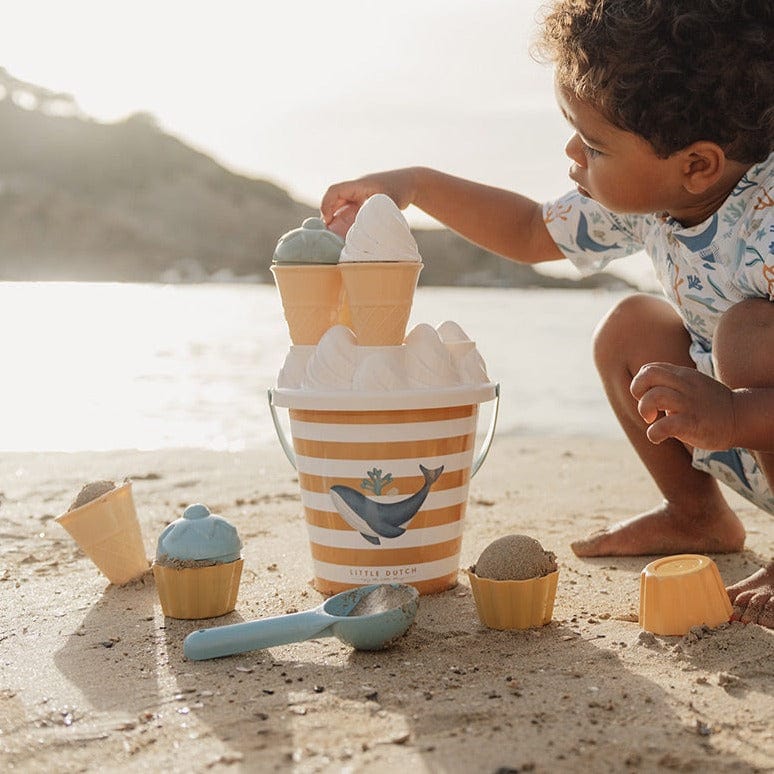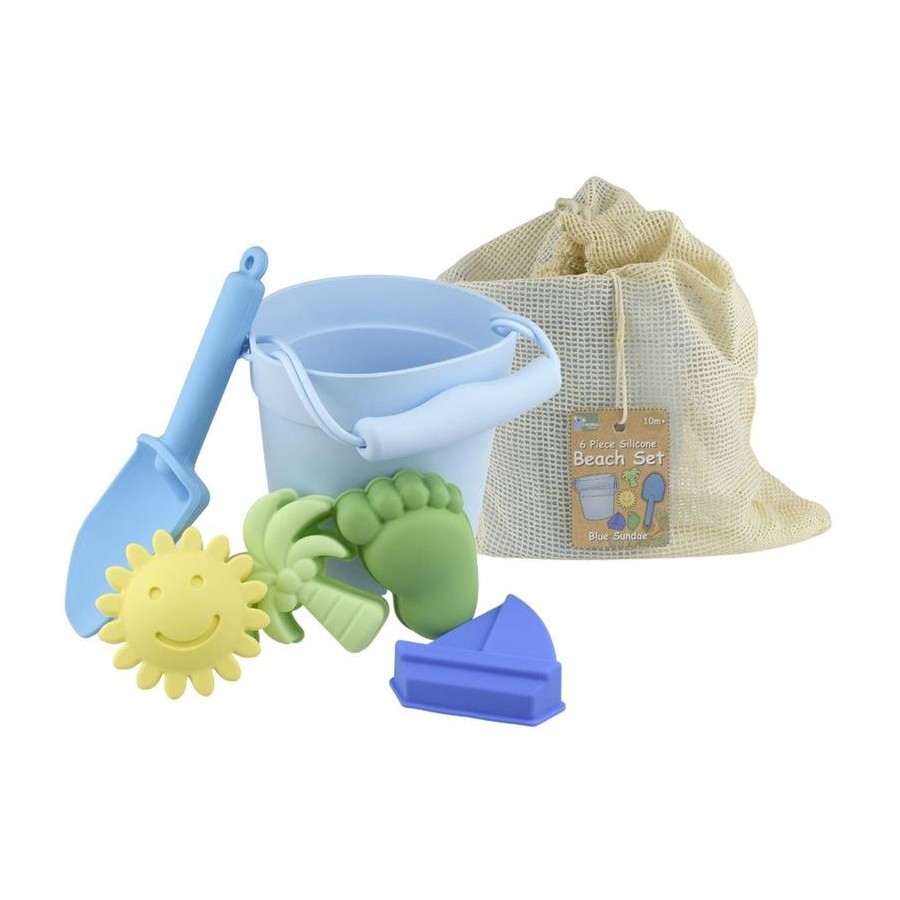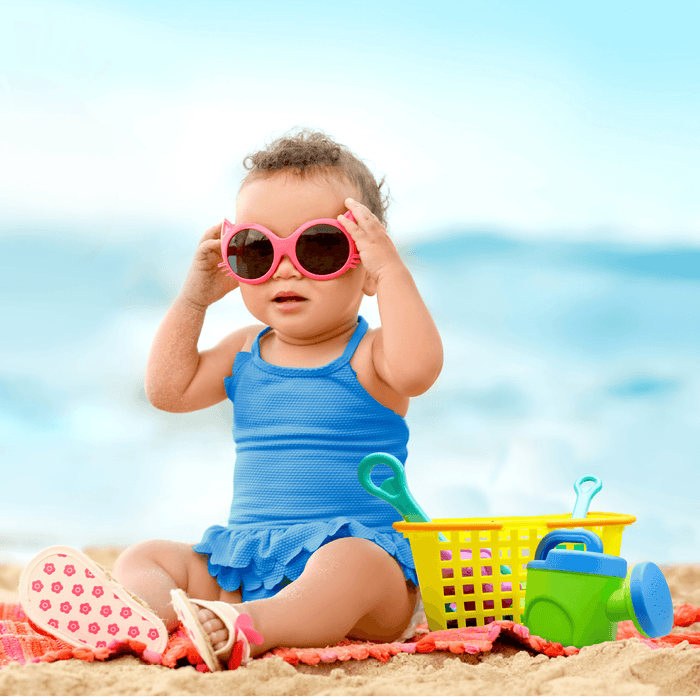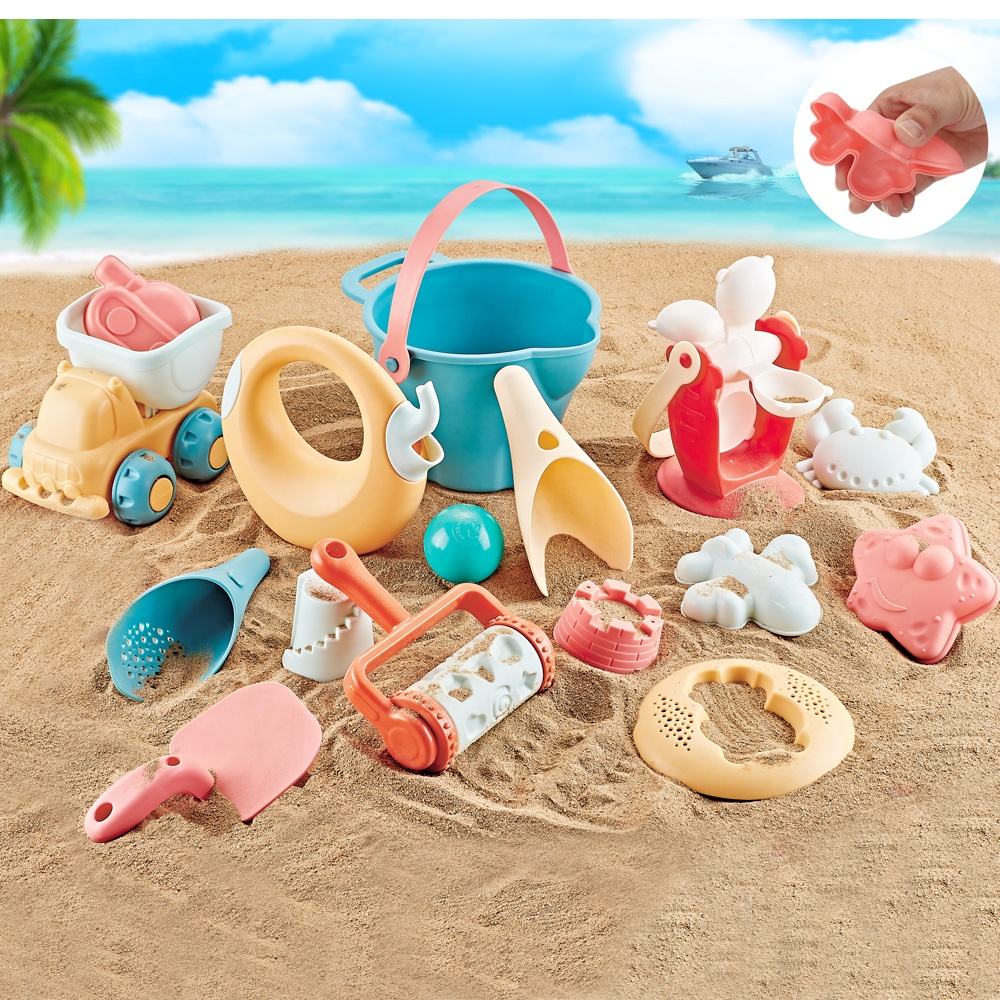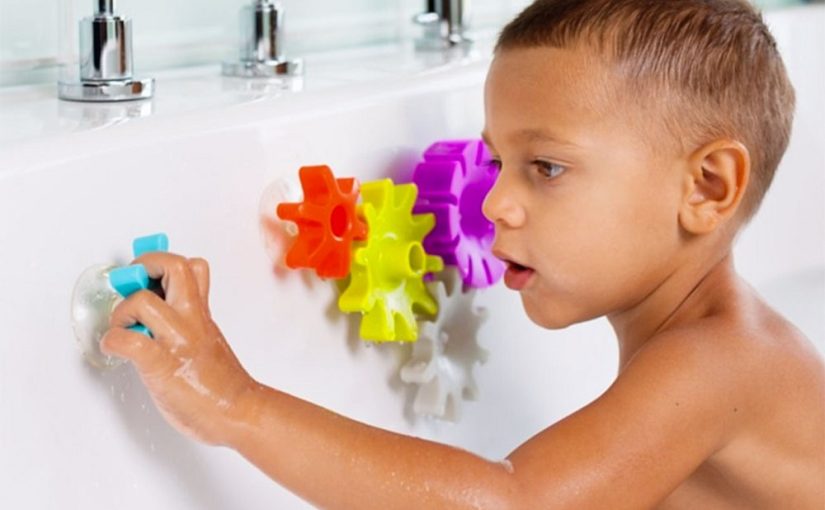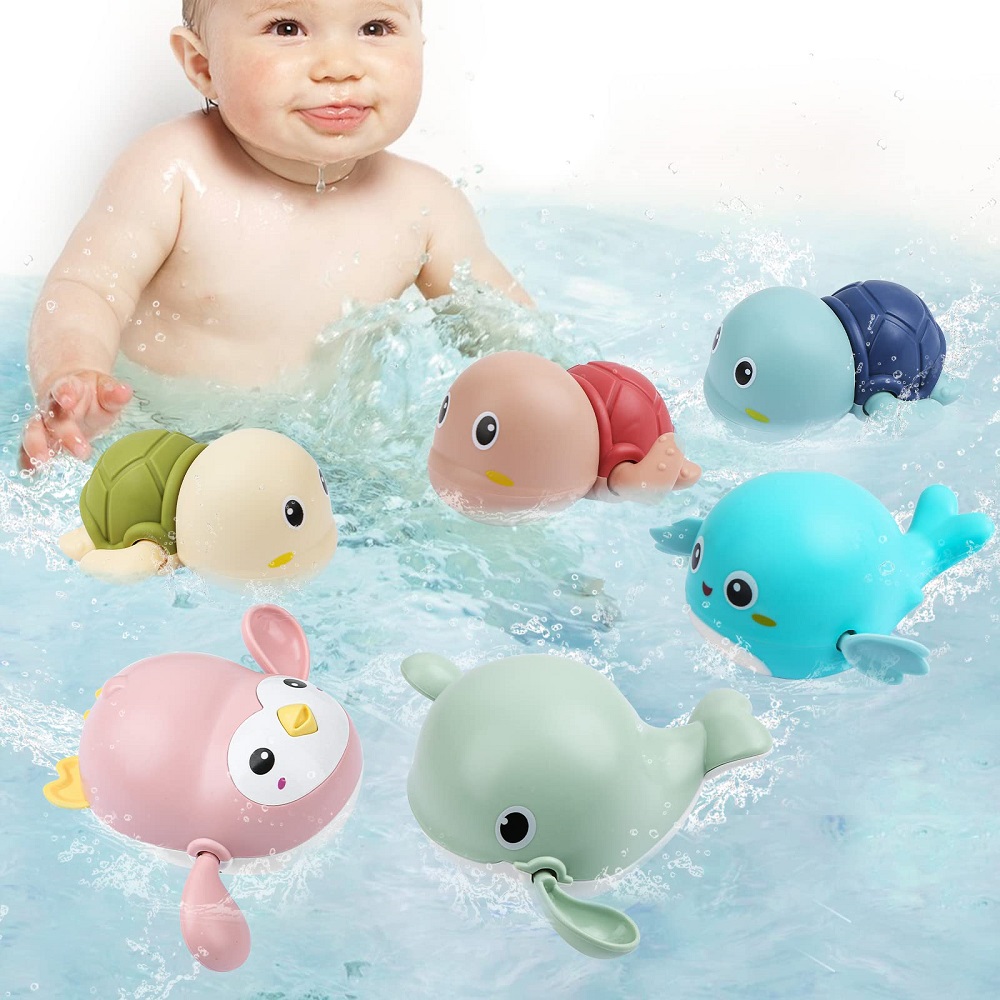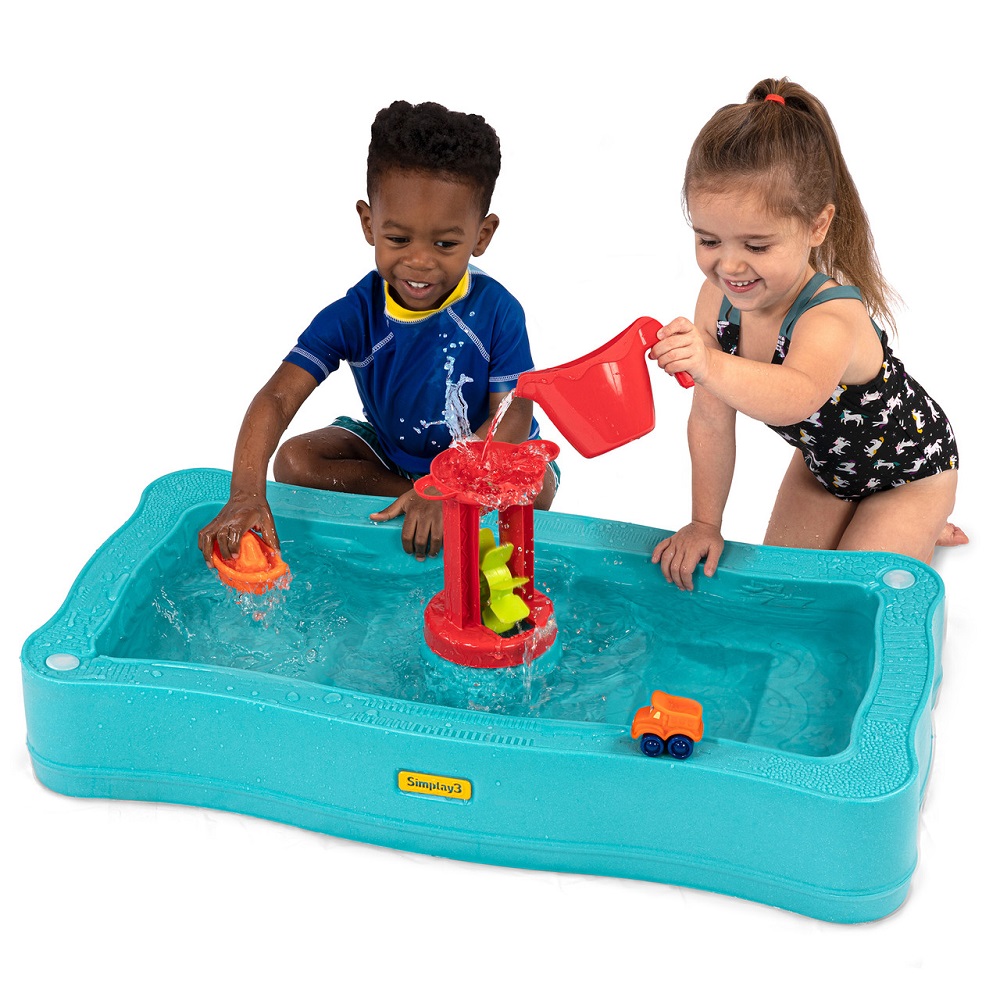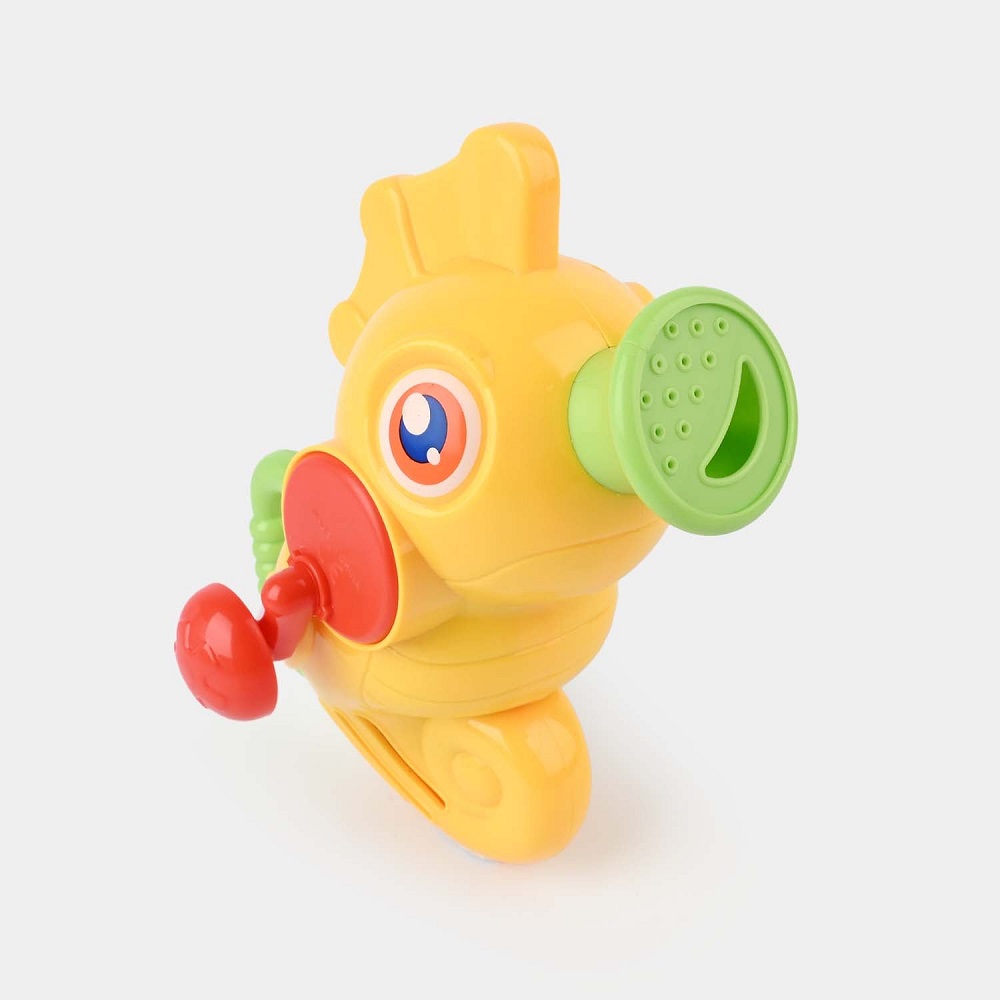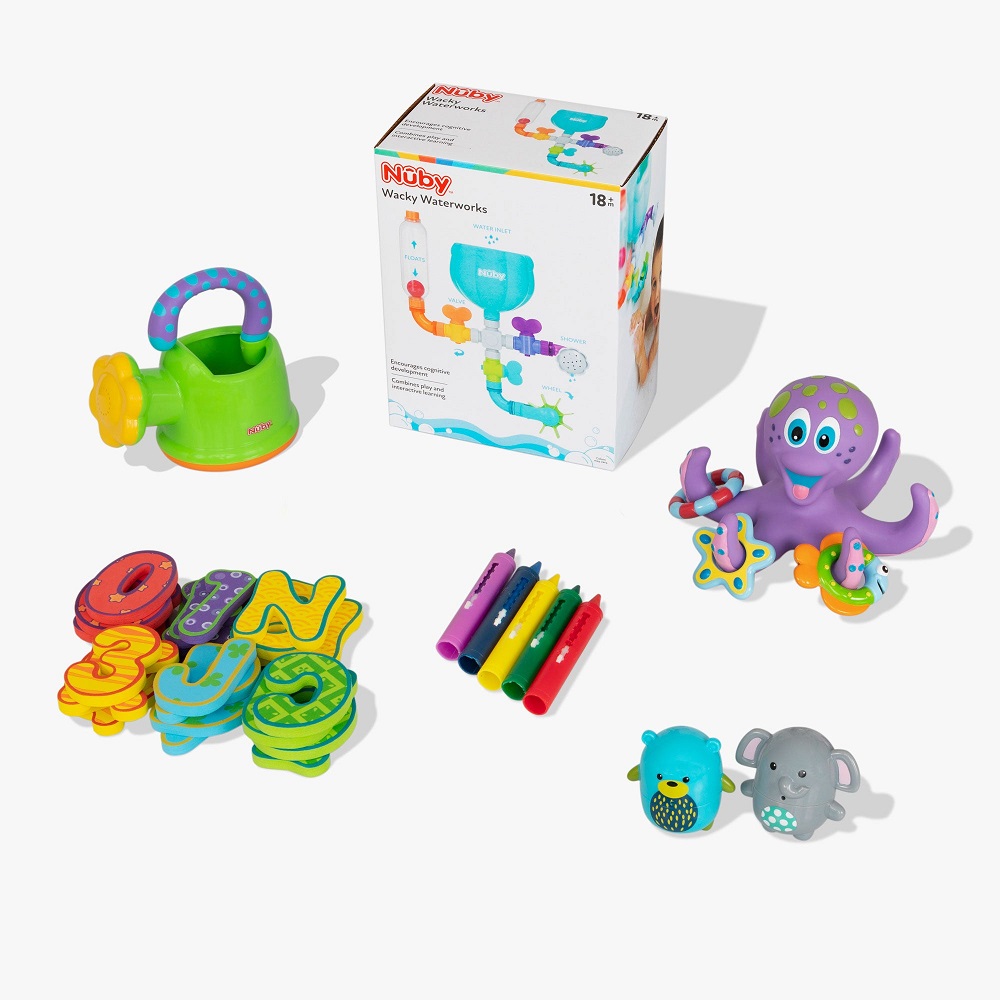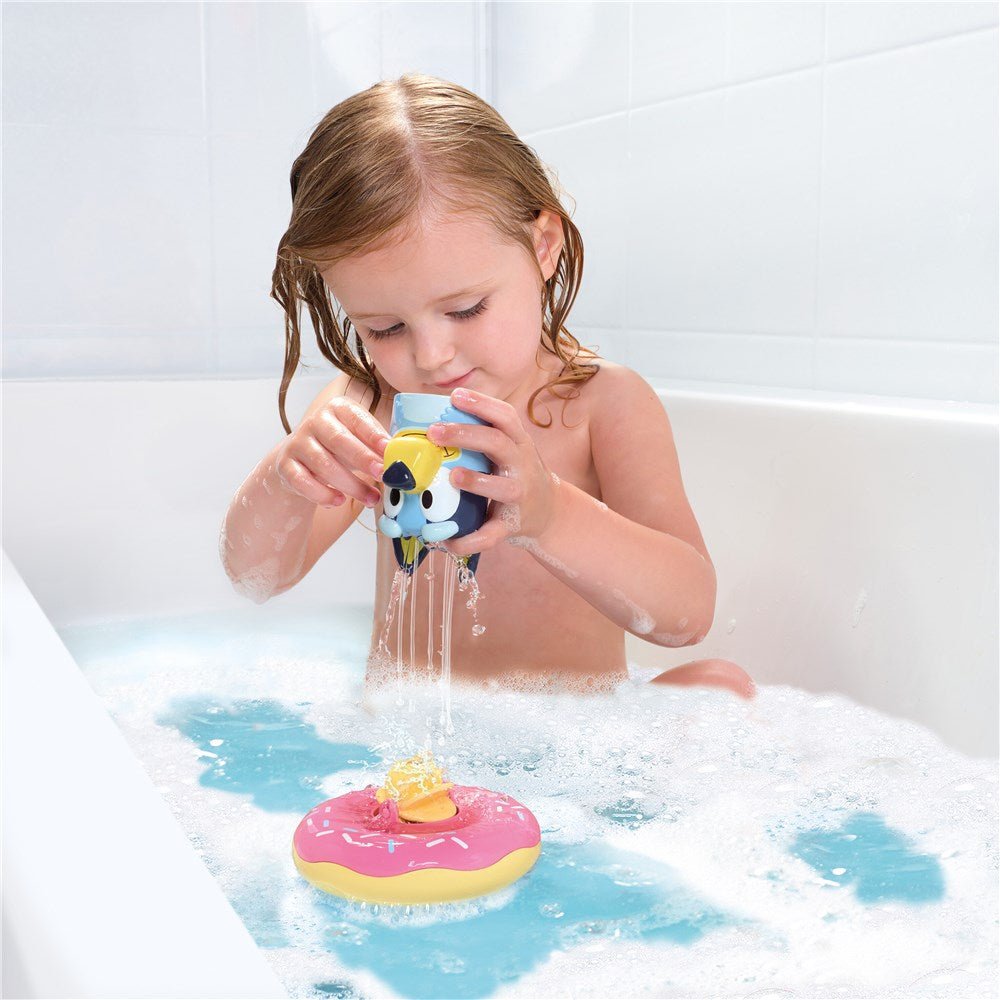Choosing the right toys for toddler girls can be an exciting yet overwhelming task for parents. At this age, children are exploring their environments, expressing their creativity, and developing essential skills. The best toys not only provide hours of fun but also contribute to learning and development. This article will explore some of the best toys for toddler girls, highlighting their educational benefits and the joy they can bring.
The Importance of Choosing the Right Toys
Supporting Developmental Milestones
When selecting best toys for toddler girls, it is essential to consider their developmental milestones. At this age, children are rapidly growing and learning new skills. Toys can play a crucial role in supporting cognitive, social, and physical development. For instance, building blocks encourage hand-eye coordination and problem-solving skills, while dolls can facilitate imaginative play and emotional understanding.
As toddlers explore different types of toys, they improve their fine motor skills and learn how to interact with others. Engaging with various toys helps build confidence and creativity, which are vital as children prepare for further education. By selecting toys thoughtfully, parents can give their toddlers the tools they need to thrive during their formative years.
Safety Concerns
Safety is another critical consideration when choosing toys for toddler girls. It is essential to select items that are age-appropriate, as many toys are designed with specific age ranges in mind. Parents should always check for safety certifications and avoid toys with small parts that could pose a choking hazard. Opting for non-toxic materials is also important, especially for toddlers who explore their world by putting things in their mouths.
Many manufacturers provide guidelines for suitable age ranges on packaging, helping parents make informed choices. Taking the time to assess the safety features of toys ensures that children can play freely without risk. Keeping safety in mind allows parents to create a nurturing environment where their toddlers can explore and learn with confidence.
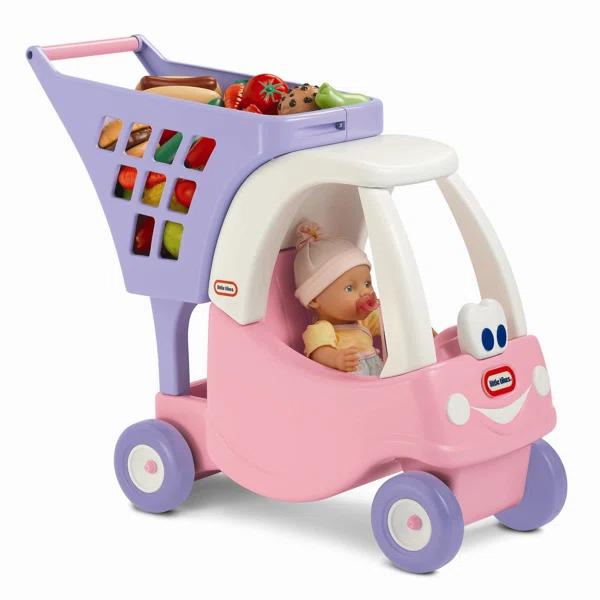
Interactive Learning Toys
Educational Electronic Toys
Interactive learning toys have gained popularity among parents, offering engaging and educational experiences for toddler girls. These toys often include features such as lights, sounds, and various activities. For instance, electronic tablets designed for young children combine fun games with educational content, allowing toddlers to learn letters, numbers, and shapes while playing.
These toys encourage curiosity and motivate toddlers to explore different learning opportunities. The interactive nature of these toys helps develop fine motor skills as children learn to press buttons, swipe screens, or manipulate different parts. Many of these toys also provide positive reinforcement, boosting children’s confidence and encouraging further exploration.
Building and Construction Toys
Building and construction toys offer toddlers a hands-on experience that enhances creative thinking. Sets that include blocks or large interlocking pieces allow children to experiment with different designs and structures. These open-ended toys encourage imaginative play while developing spatial awareness and problem-solving skills.
For instance, classic building blocks or modern magnetic tiles can inspire creativity, helping toddlers build everything from simplistic towers to imaginative castles. As children manipulate the pieces, they practice important skills such as teamwork and patience. The tactile nature of building toys captivates young children, making learning a fun and active experience.
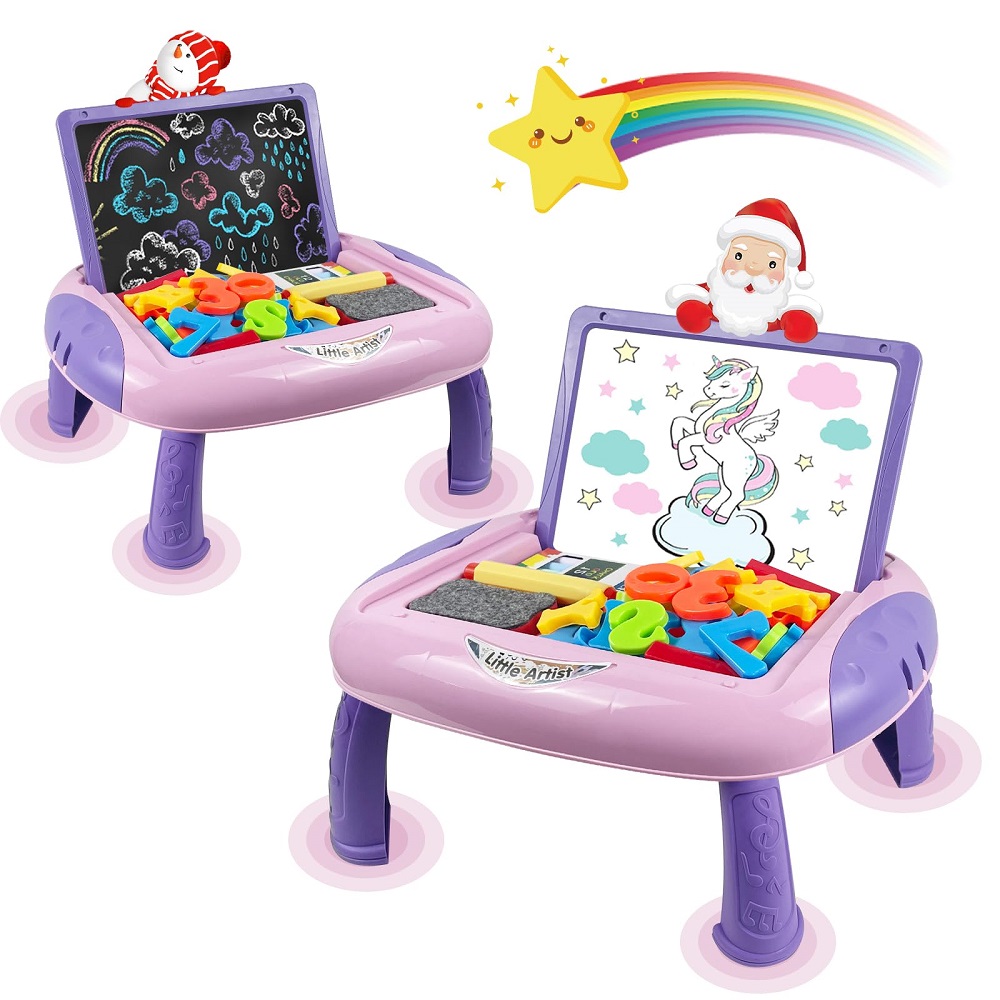
Arts and Crafts Supplies
Encouraging Creativity
Arts and crafts supplies are essential for fostering creativity in toddlers. Items like crayons, markers, watercolor paints, and drawing pads allow children to express themselves artistically. Engaging in creative activities encourages toddlers to explore their imaginations while developing fine motor skills. There is no right or wrong way to create art, and this freedom promotes confidence and experimentation.
Introduce art kits that feature a variety of materials to spark their interest. For example, a basic art set with crayons and stickers can be a great starting point. As toddlers become more comfortable, consider adding more complex crafts, such as DIY kits or modeling clay. This progression can keep them engaged and allow them to discover new interests.
Social Skills and Teamwork
Crafting is also an excellent opportunity for toddlers to engage with others. Organized craft sessions can foster social skills by encouraging sharing and cooperation. When engaging in group activities, children must learn to collaborate, respect each other’s ideas, and navigate differences. These interactions contribute to their emotional and social development.
Parents can encourage group crafting experiences by inviting friends or siblings to join in. This allows children to share their creative processes and admire each other’s work. By promoting cooperative play, parents can help toddlers build healthy relationship skills while having fun.
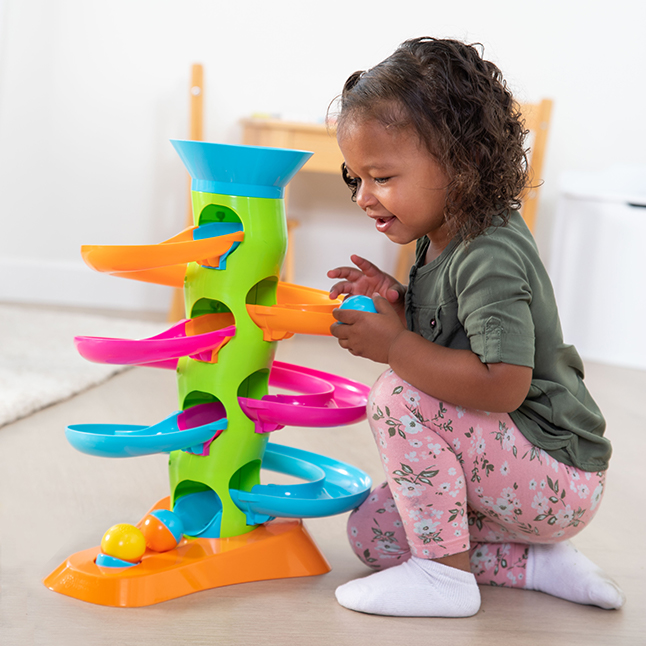
Pretend Play and Imaginative Toys
Role-Playing Toys
Pretend play is a significant aspect of toddler development, allowing children to explore different roles and scenarios. Toys that encourage imaginative play, such as dolls, action figures, and playsets, provide endless opportunities for creativity. A dollhouse, for example, can spark storytelling as children imagine different scenarios for their dolls and characters.
Role-playing toys also encourage empathy and emotional understanding. As toddlers navigate various situations through play, they learn to recognize feelings and explore relationships. These skills are vital as children grow and enter social situations outside their homes. Such toys not only entertain but also prepare toddlers for real-life interactions.
Dress-Up Costumes
Dress-up costumes are another fantastic option for fostering imaginative play. Outfits like princesses, superheroes, or animals let children step into a world of fantasy. Dressing up allows toddlers to explore their identities and develop confidence as they embody different characters. Supportive parents can enhance this experience by encouraging storytelling, promoting verbal communication, and sparking their child’s imagination.
Dress-up costumes can also promote physical activity. Children may run around pretending to save the world or dance like a princess. This active play not only engages their bodies but also supports their overall health and well-being. Keep a variety of costumes on hand to inspire creativity and enjoyable playtime at home.
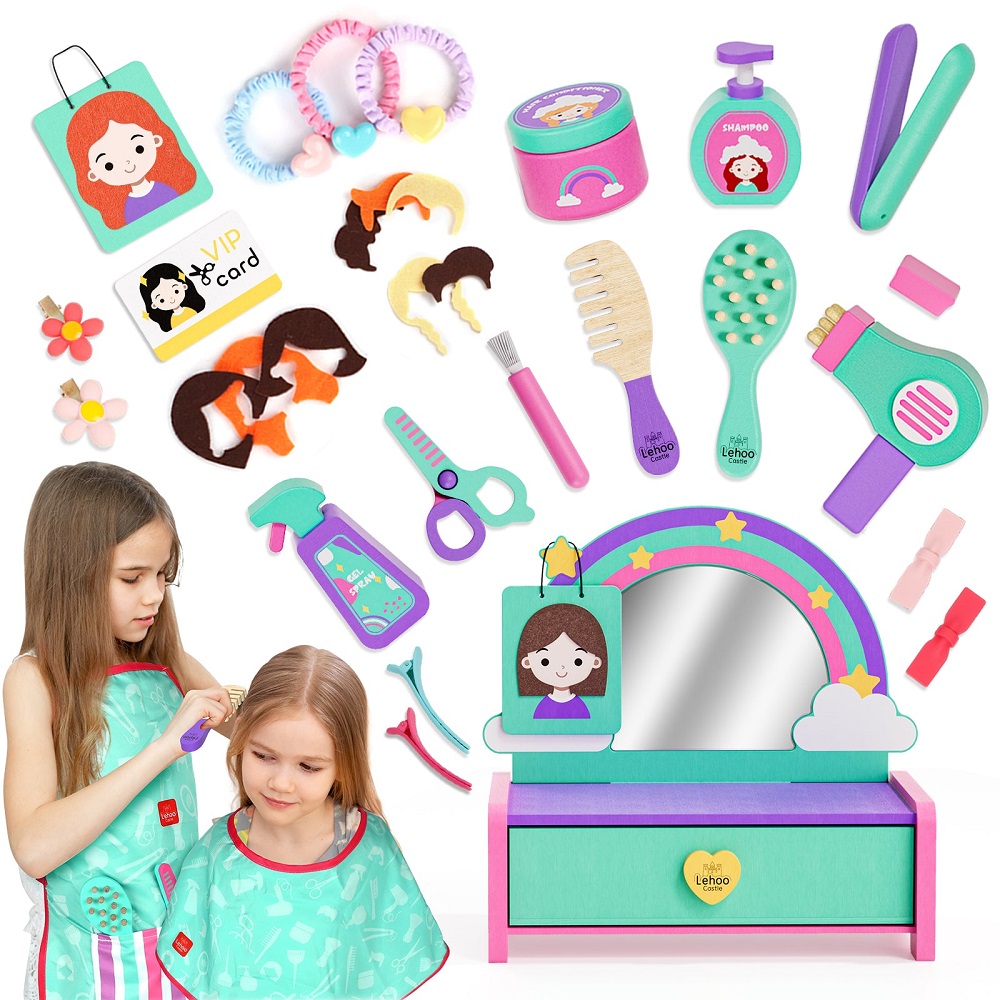
Outdoor Play Toys
Promoting Physical Activity
Outdoor play is essential for toddler development, and the right toys can make a significant difference. Toys like tricycles, scooters, and ride-on cars encourage physical activity while improving coordination and strength. These toys allow toddlers to explore their environments actively and gain confidence in their motor skills.
Choosing outdoor toys designed for various ages ensures that they can grow along with your child. For example, starting with a sturdy tricycle can introduce balance and pedaling. As children progress, they can transition to a scooter or balance bike that encourages further development of their core muscles and spatial awareness.
Engaging with Nature
In addition to ride-on toys, outdoor exploration can be enhanced by providing tools that engage with nature. Gardening sets, magnifying glasses, and bug catchers can spark curiosity and inspire a love for the outdoors. By exploring their surroundings, children learn about nature and develop observational skills.
Encouraging outdoor play not only promotes physical fitness but also offers a plethora of learning opportunities. As toddlers interact with their environment, they build a connection to nature while developing an appreciation for the world around them. This nurturing of curiosity is essential for lifelong learning.
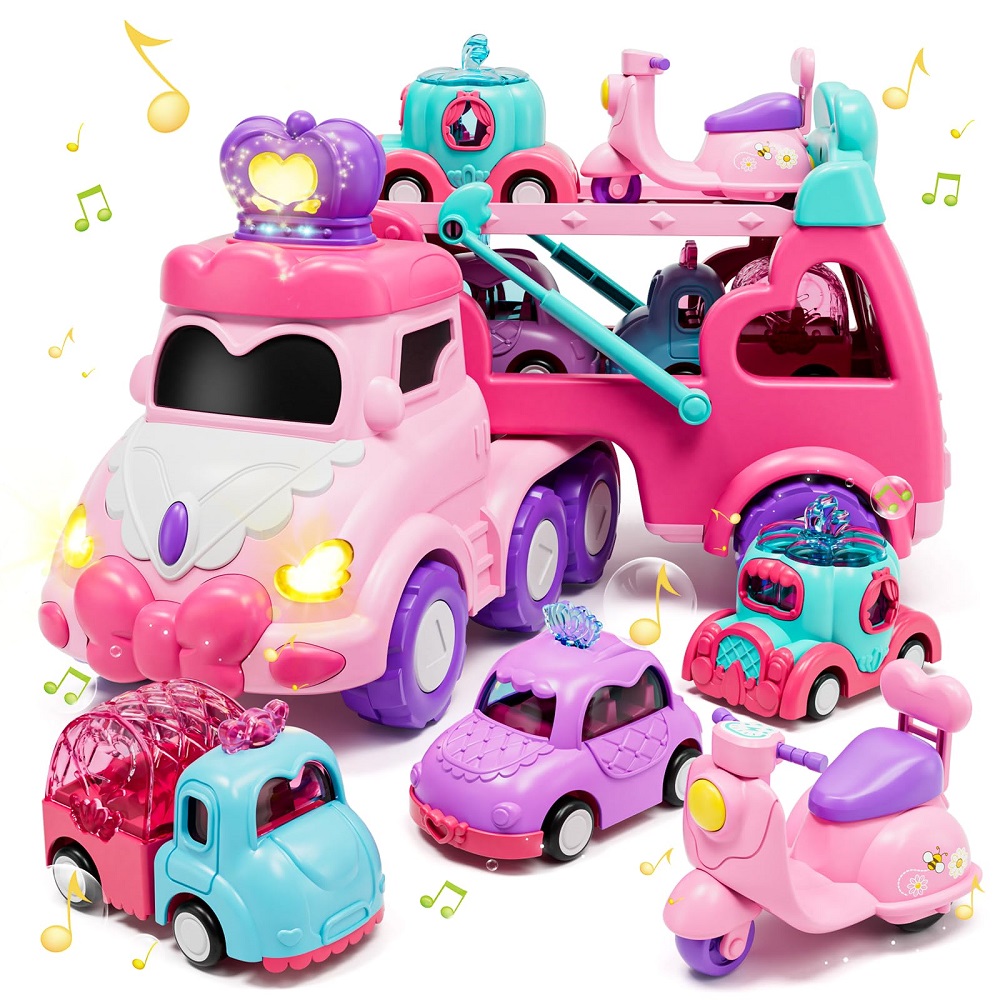
Building and Learning with STEM Toys
Introduction to STEM Concepts
STEM (Science, Technology, Engineering, and Mathematics) toys have become increasingly popular due to their educational value. These toys often introduce toddlers to fundamental concepts in an interactive way. Building sets, puzzles, and pattern blocks can help children develop critical thinking, spatial awareness, and problem-solving skills. Games that involve simple coding or robotics introduce early tech concepts while keeping play engaging.
Parents can look for toys designed specifically for the toddler age group that incorporates STEM elements. These toys not only facilitate learning but also keep children engaged and motivated. For example, engaging building sets require toddlers to sort pieces, imagine structures, and compete tasks that enhance cognitive development.
Encouraging Problem Solving
STEM toys promote curiosity and exploration, allowing children to experiment and learn through play. Encouraging open-ended play with these toys fosters creativity and resourcefulness. Children learn to approach challenges with an inquisitive mindset through trial and error, essential skills that benefit their future education.
Sharing STEM activities as a family can create a more significant impact, as parents can guide their children in exploration. Working together to complete a project or experiment can strengthen the parent-child bond while making learning enjoyable. Through collaborative STEM activities, children gain a sense of accomplishment and confidence in their skills.
The Role of Educational Games
Fun Learning Experiences
Educational games can be an engaging way to foster learning in addition to traditional toys. Board games and card games designed for young children can reinforce critical skills such as counting, letter recognition, and strategic thinking. Games that require teamwork and communication foster social skills and emotional intelligence.
Parents can choose age-appropriate games that encourage participation while being entertaining. Simple board games like “Candy Land” or matching games can introduce fundamental concepts while keeping toddlers engaged. Involving siblings or friends in playing these games can strengthen relationships and cultivate a social environment.
Screen Time Considerations
In today’s digital age, educational apps and games on tablets or smartphones can offer additional learning opportunities. However, it is essential to balance screen time with physical play and face-to-face interactions. Parents should choose high-quality apps that provide engaging and educational content to ensure they serve a positive purpose.
Monitoring the time spent on screens and emphasizing off-screen learning activities can promote healthy habits. Combining tech learning resources with hands-on play supports well-rounded development. Encouraging children to transition between digital and physical play fosters a diverse learning experience.
Conclusion
Selecting the best toys for toddler girls involves careful consideration of their developmental needs and interests. The right toys can support their growth while providing opportunities for creativity, exploration, and learning. From interactive learning toys to pretend play sets and outdoor equipment, the options are diverse and exciting.
Parents can enjoy the journey of discovering toys that not only entertain but also educate. Engaging with their children during playtime fosters bonds and enriches experiences. Emphasizing safety and quality ensures that every toy encourages exploration and joy.
Ultimately, by investing in toys that promote learning and fun, parents empower their toddlers for future success. These early experiences lay the foundation for curiosity and growth, nurturing well-rounded individuals. Selecting the best toys for toddler girls is not just about play; it’s about creating lasting memories and learning experiences that will influence their lives in positive ways.
